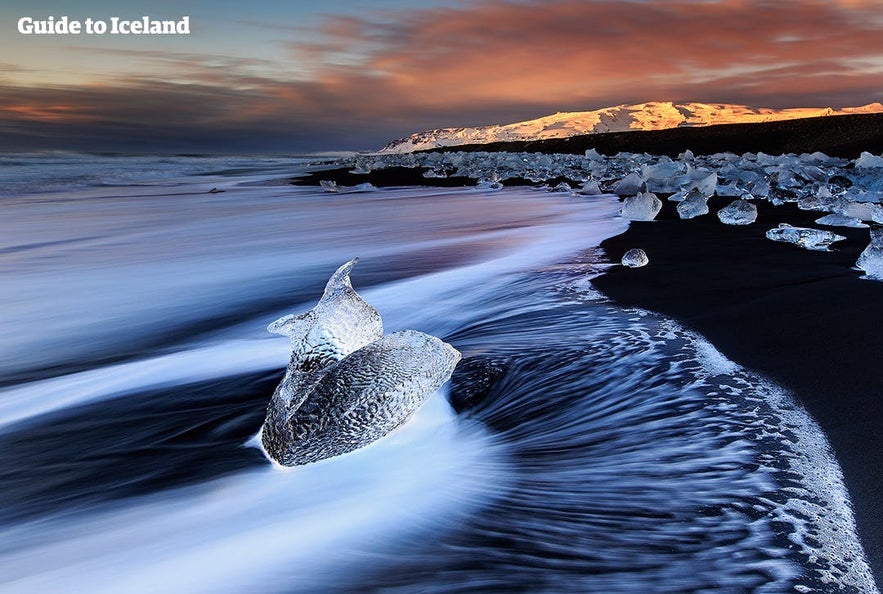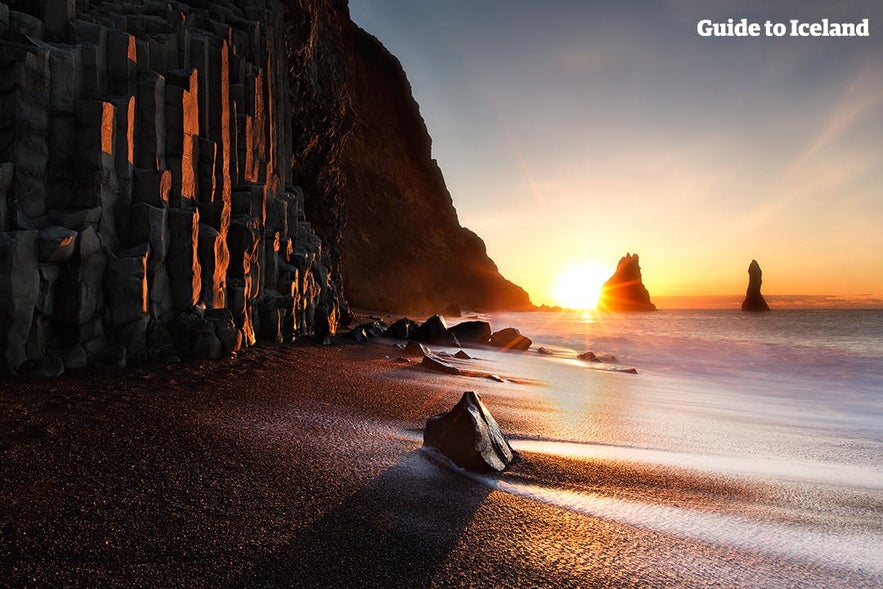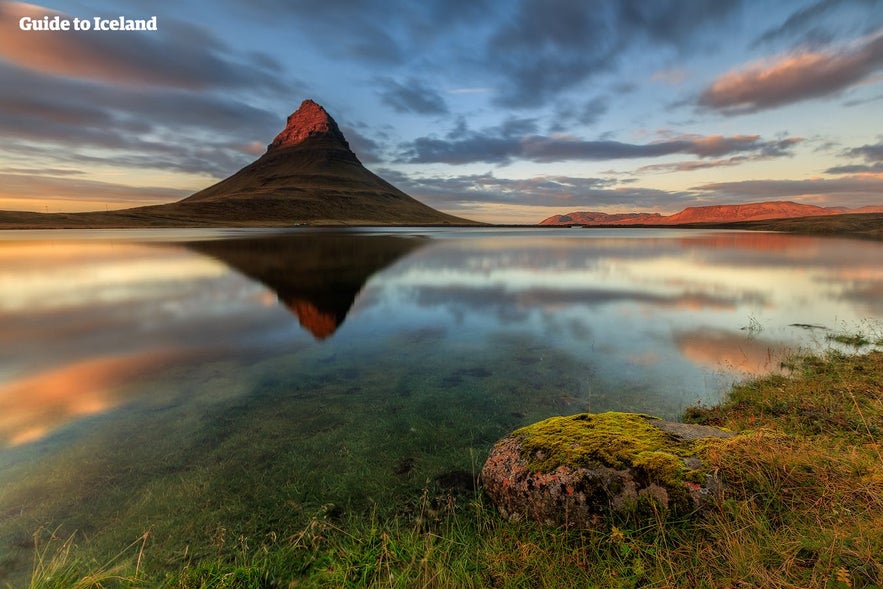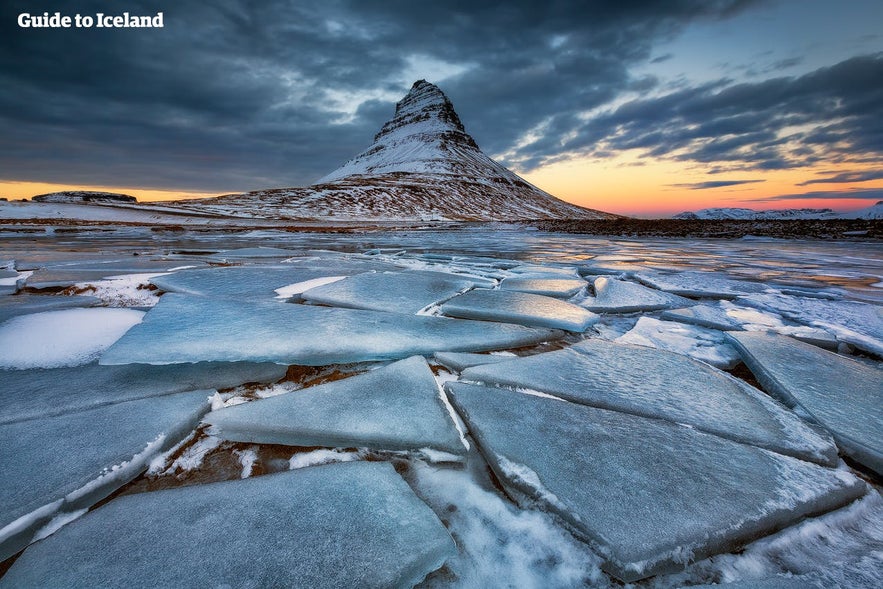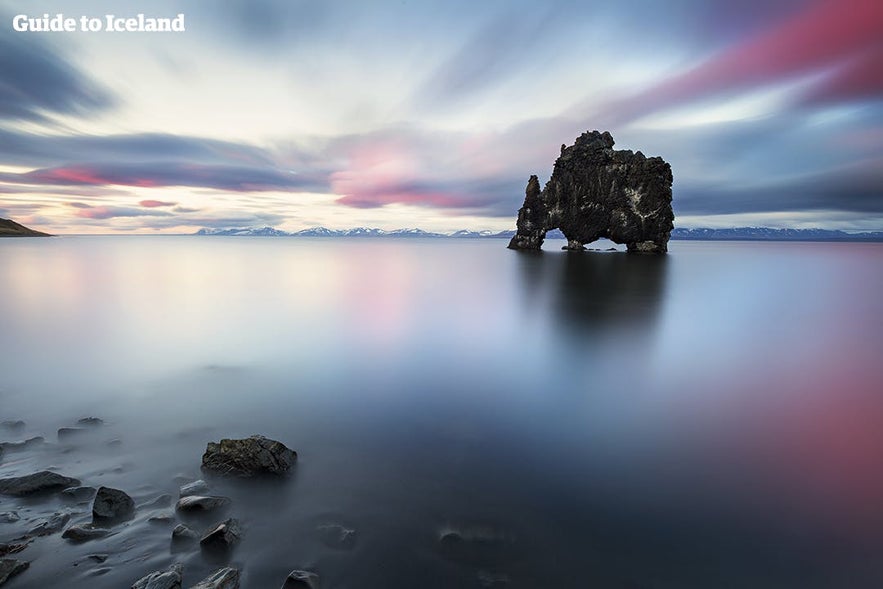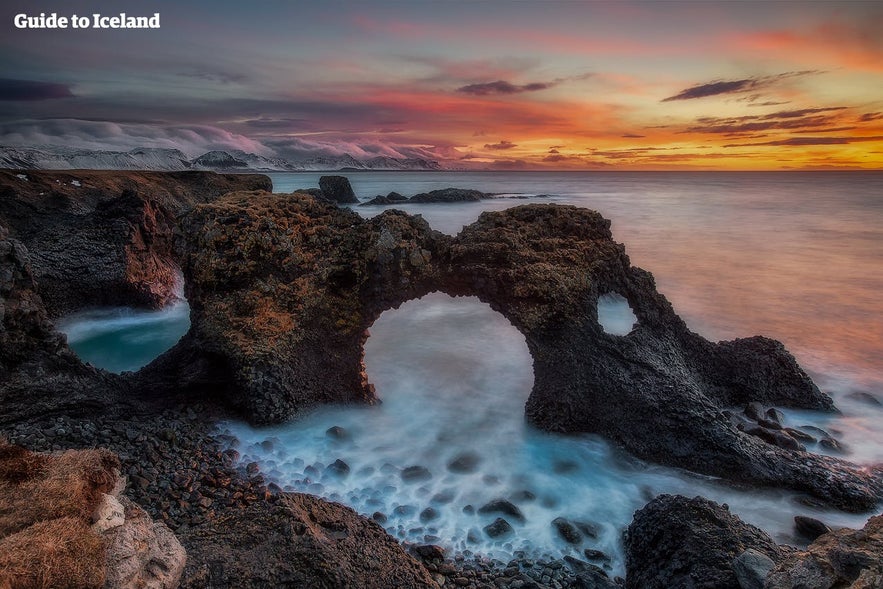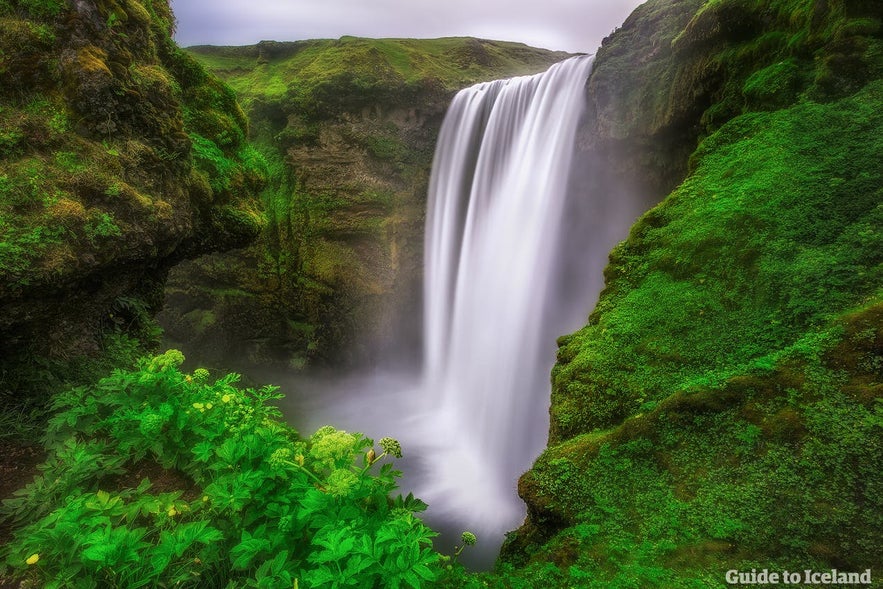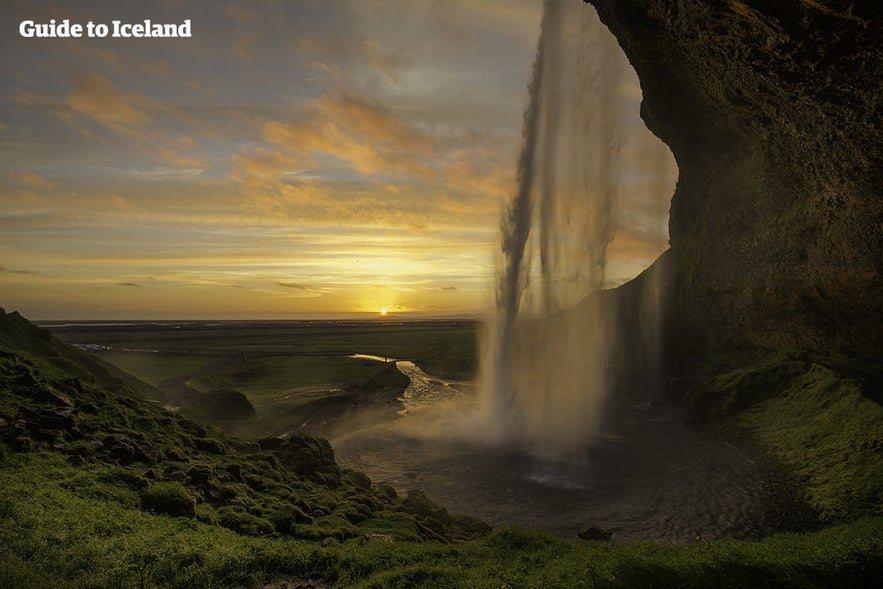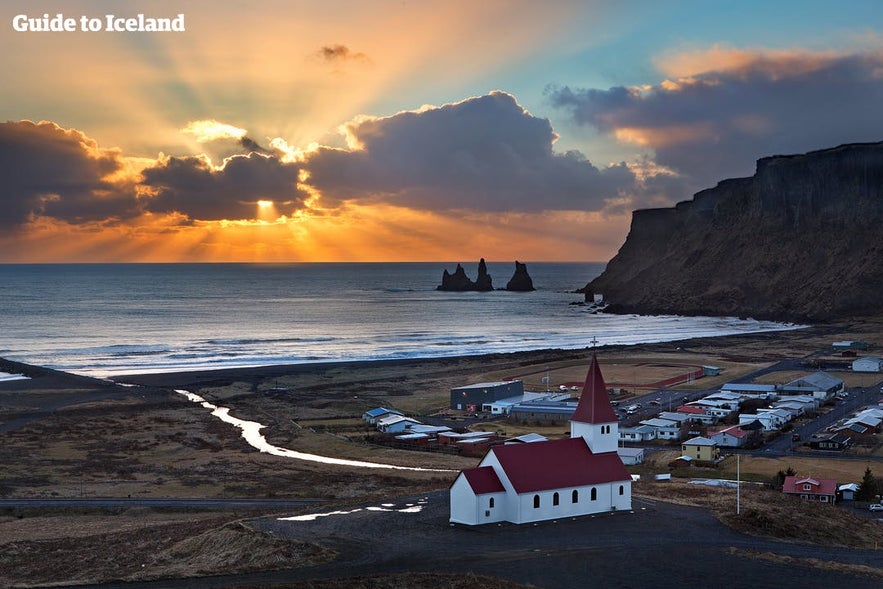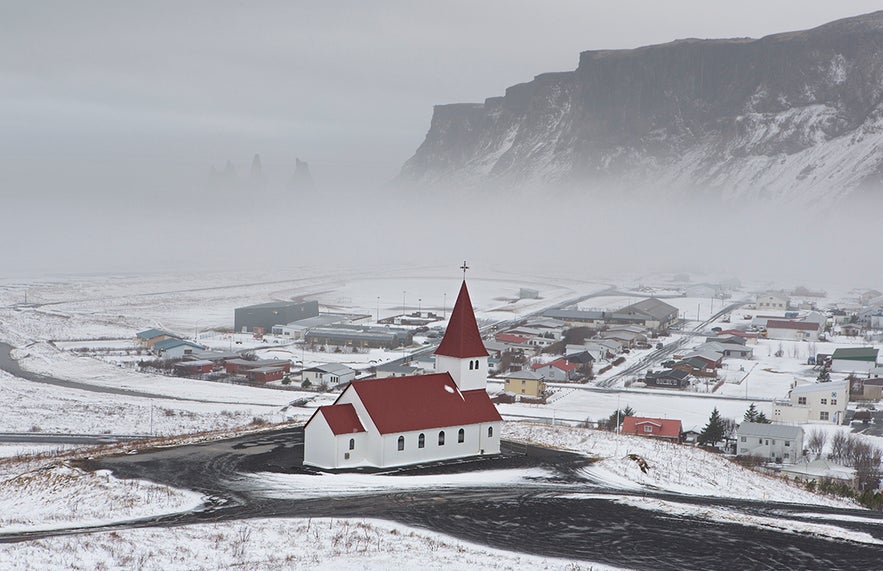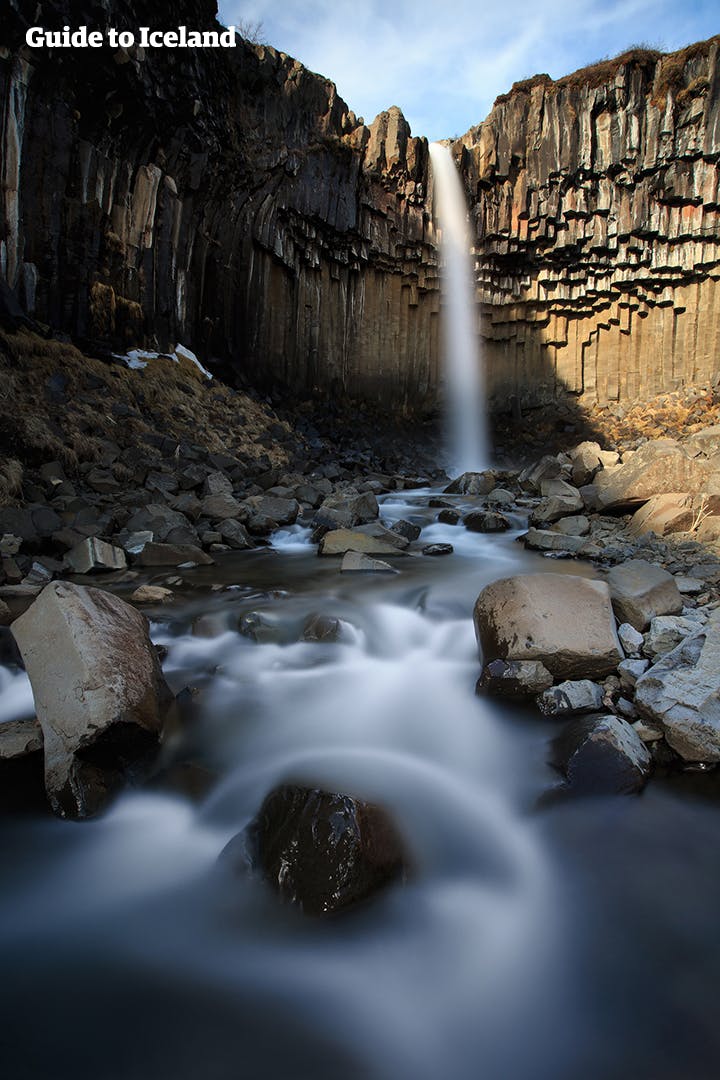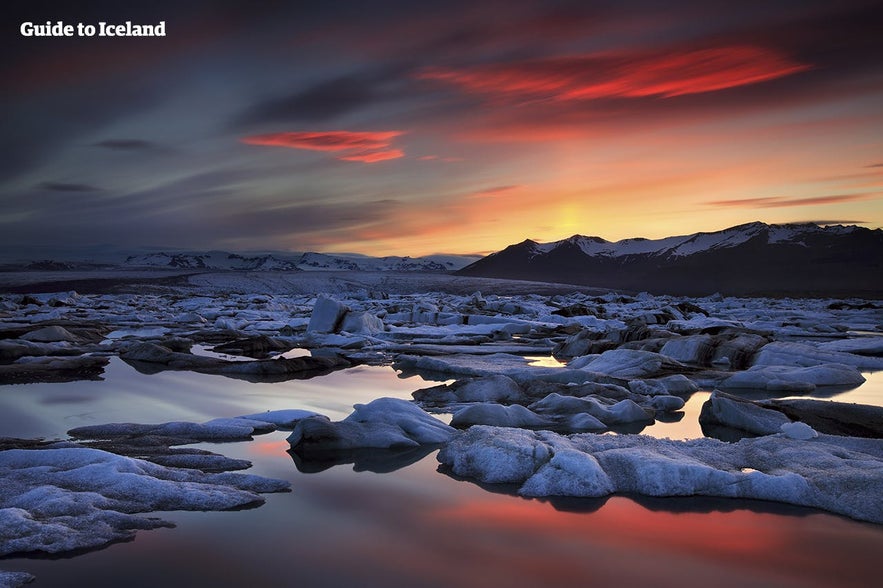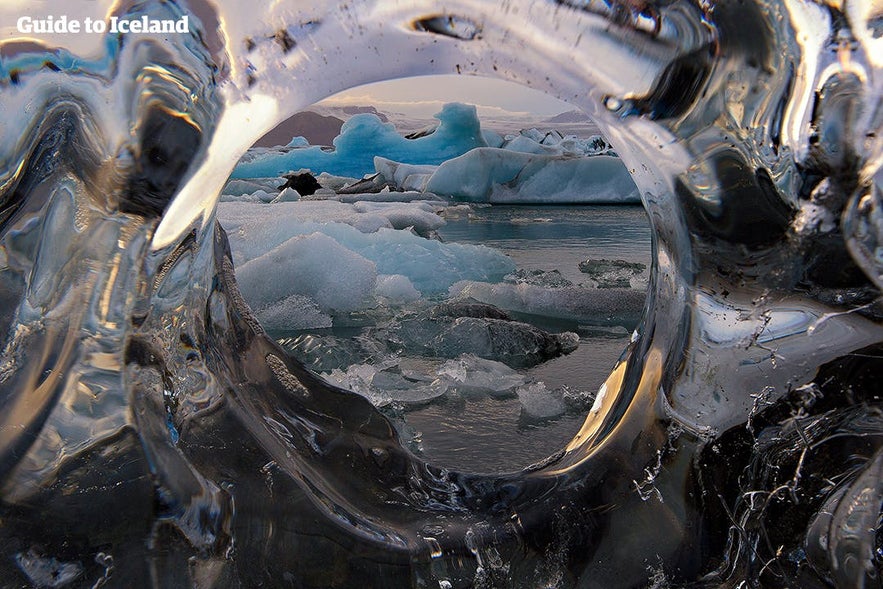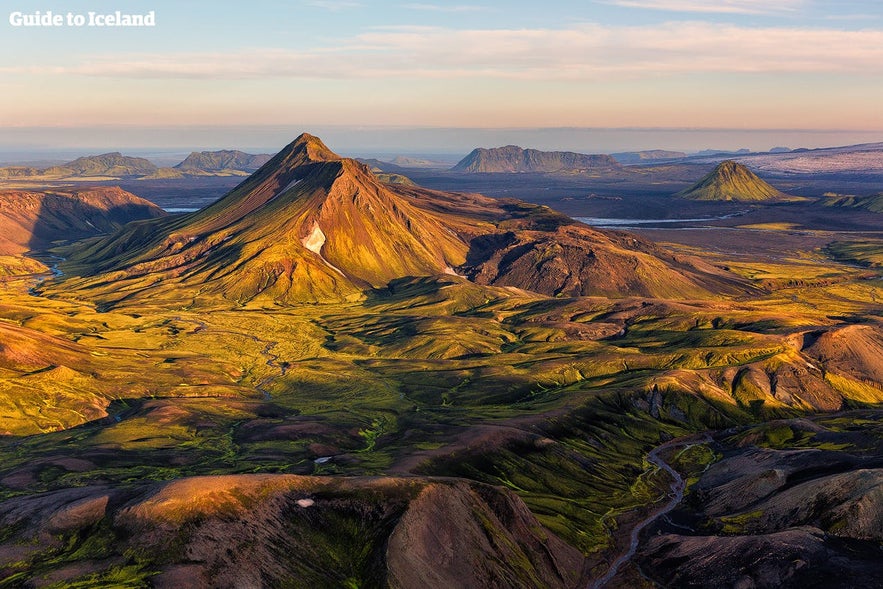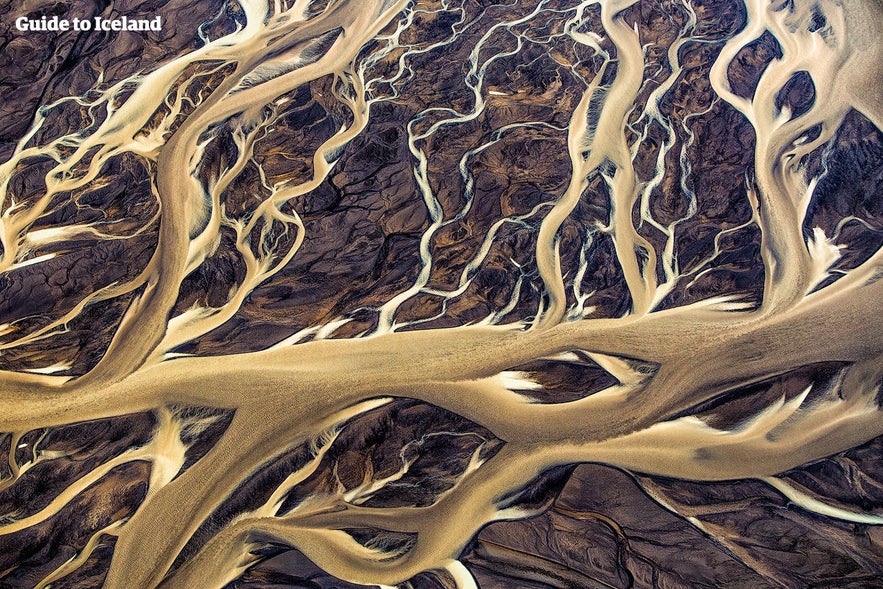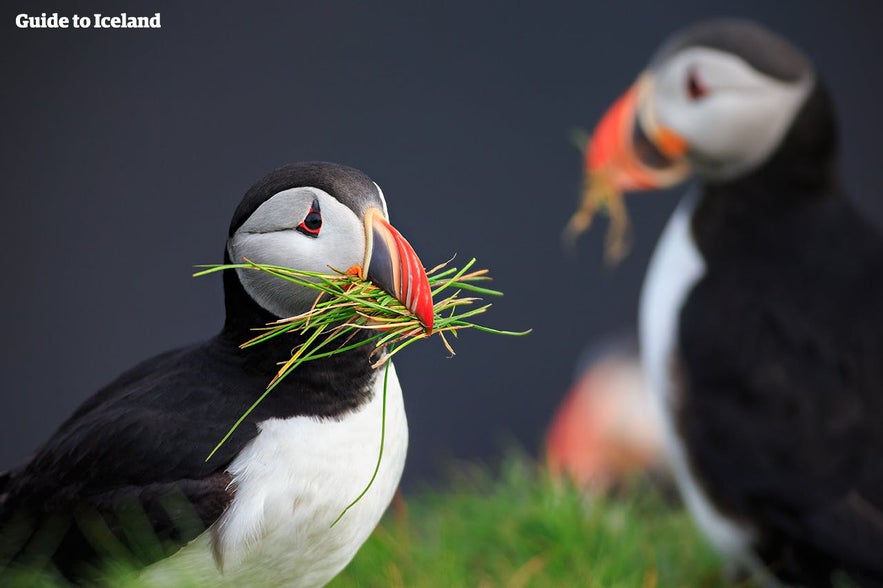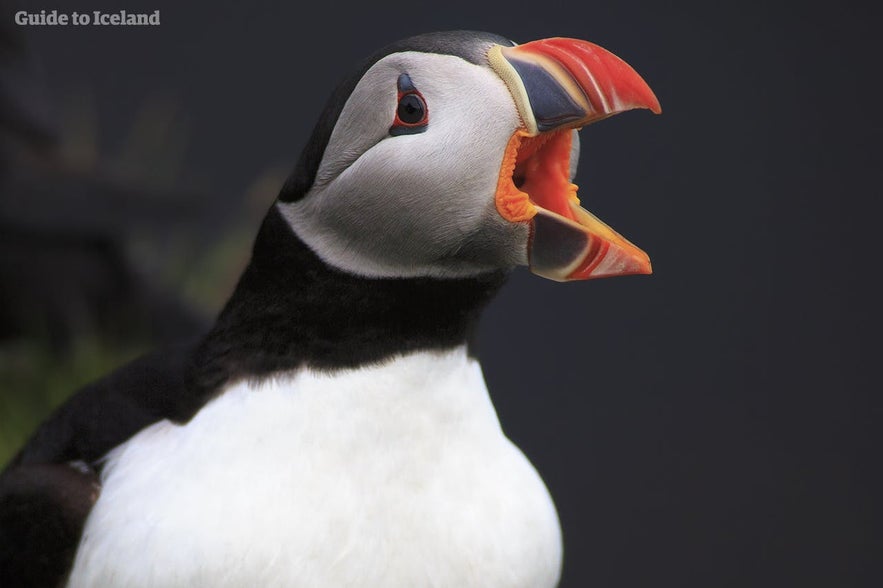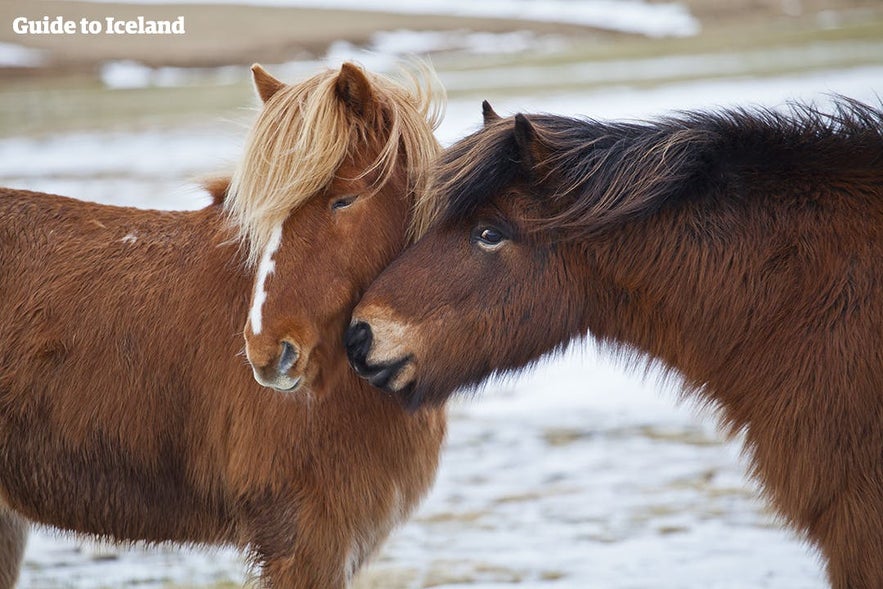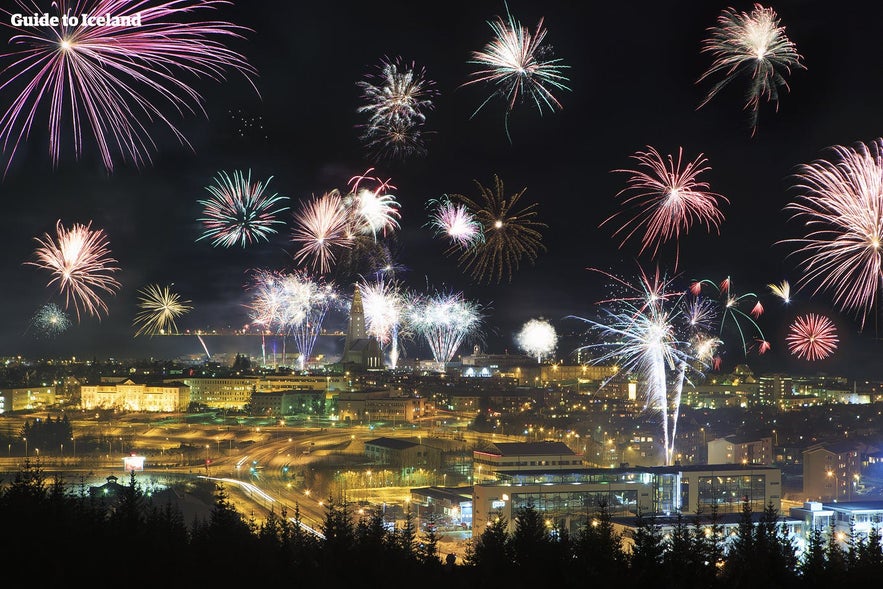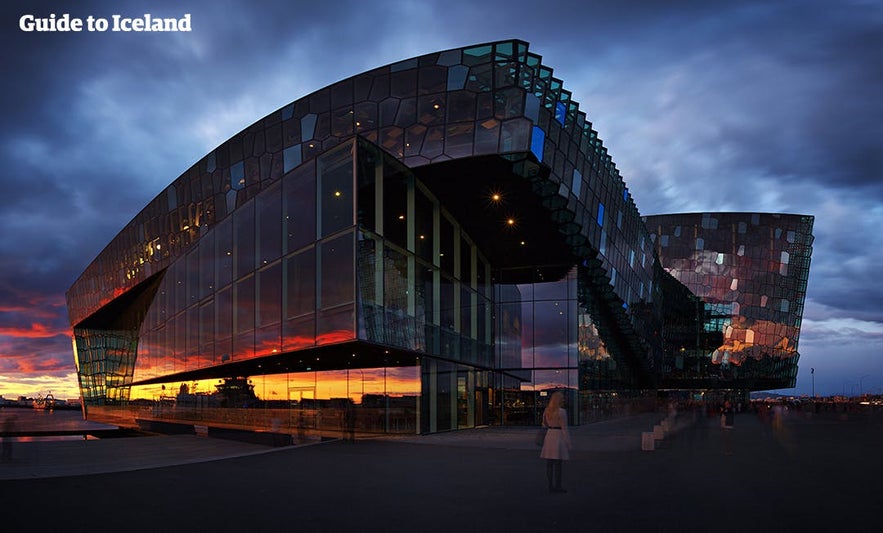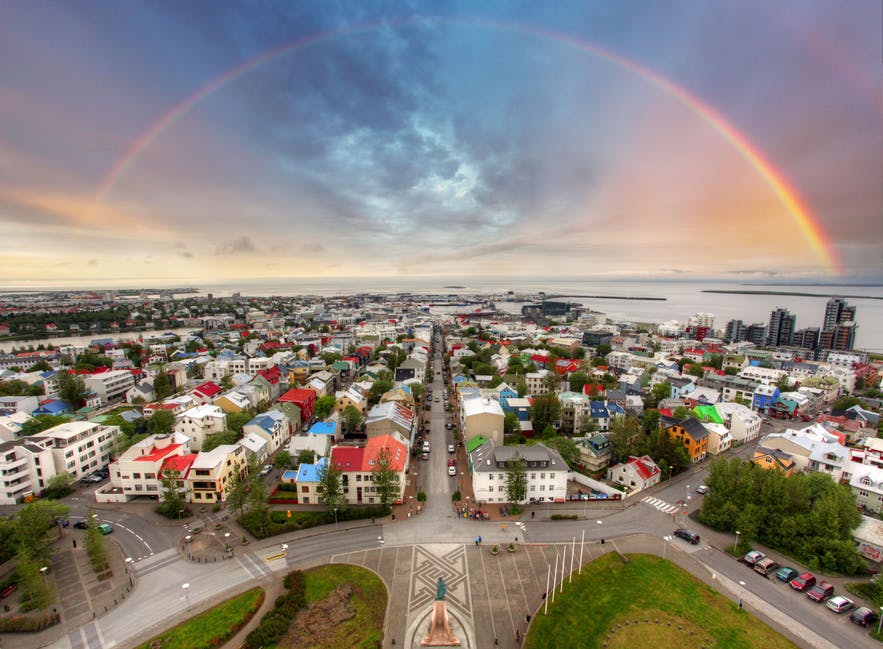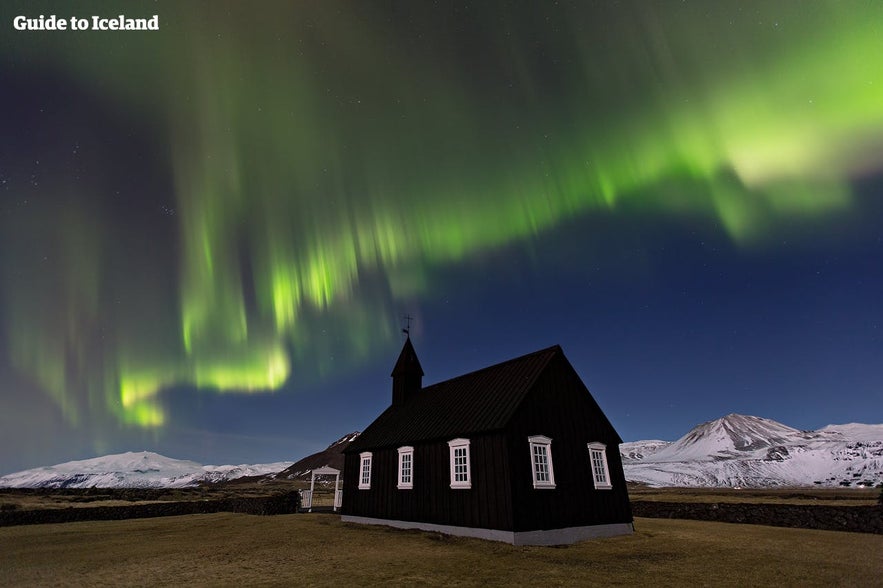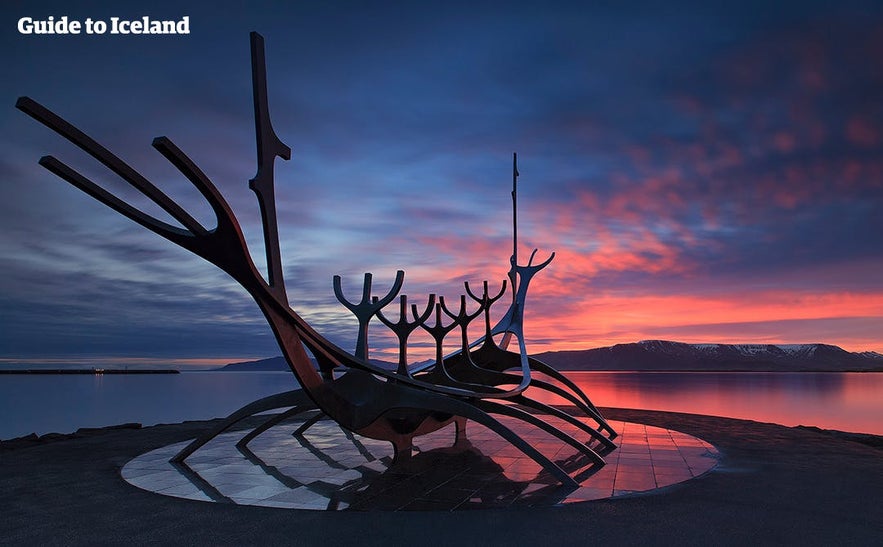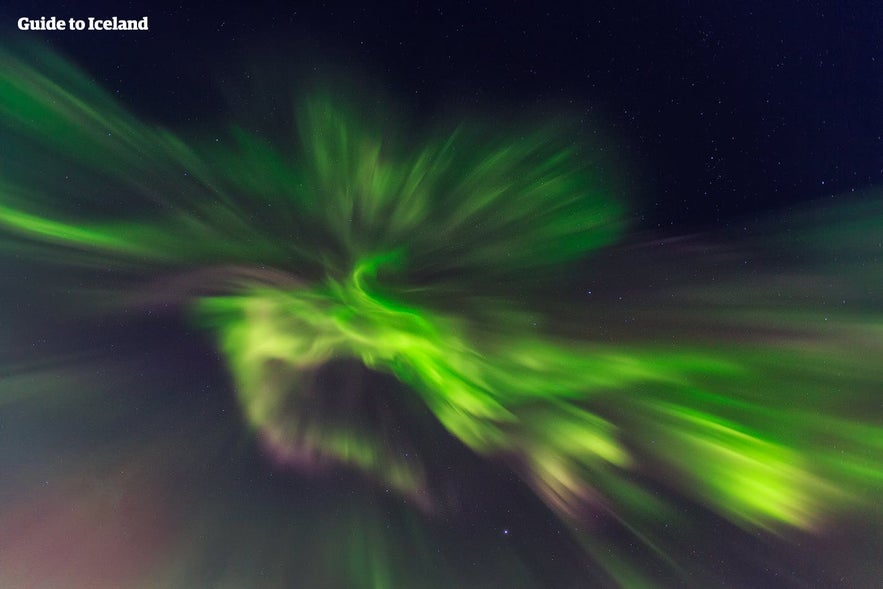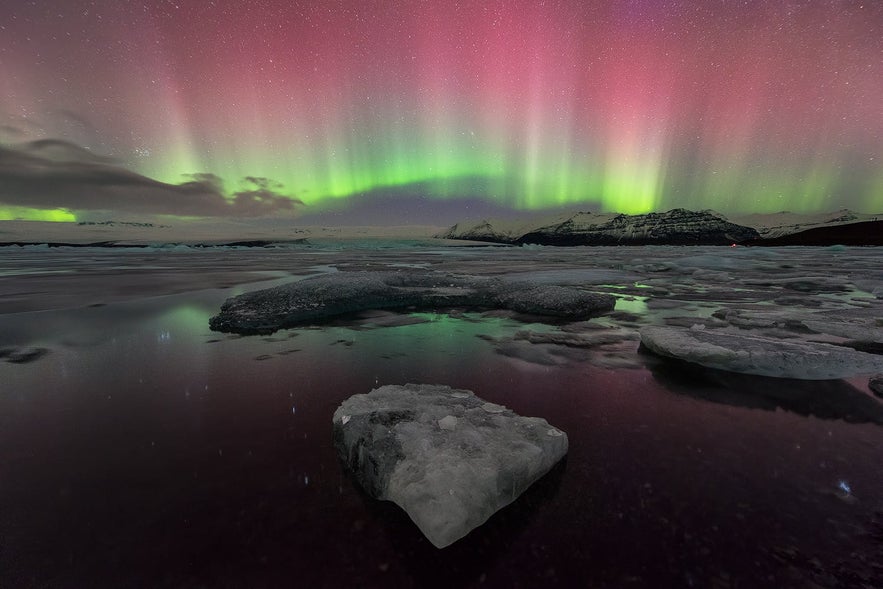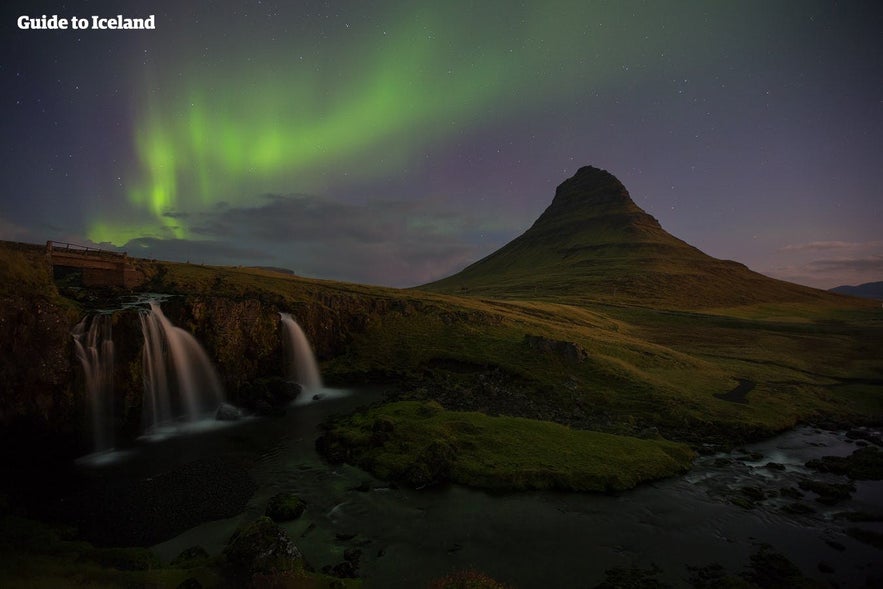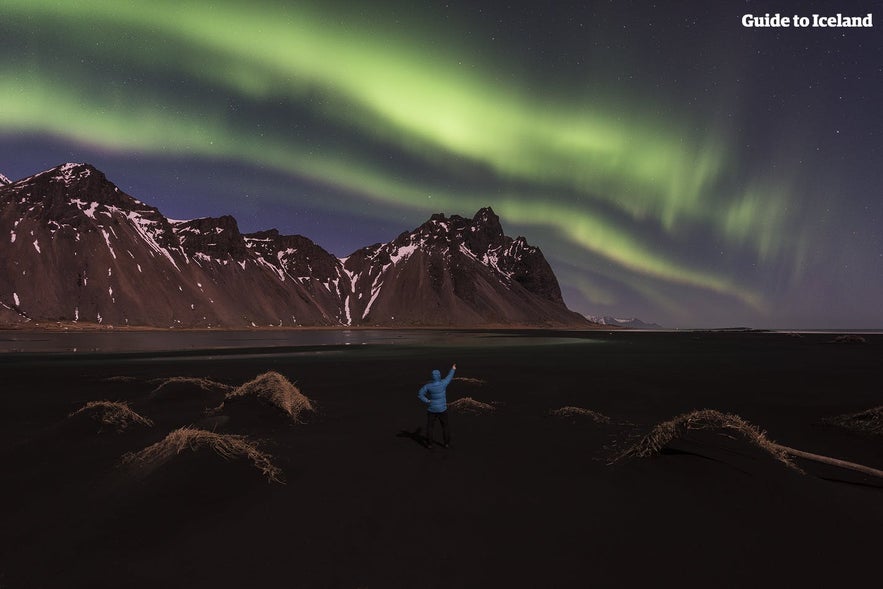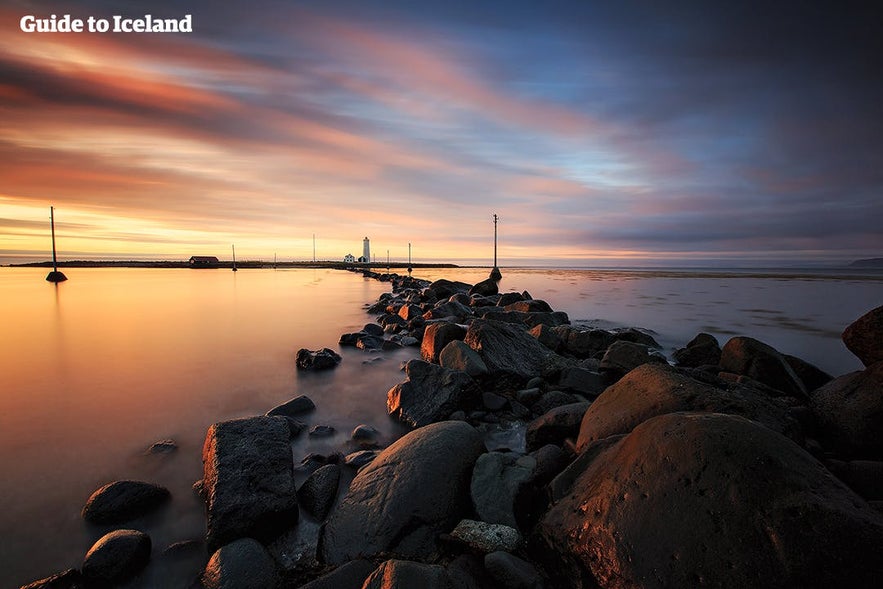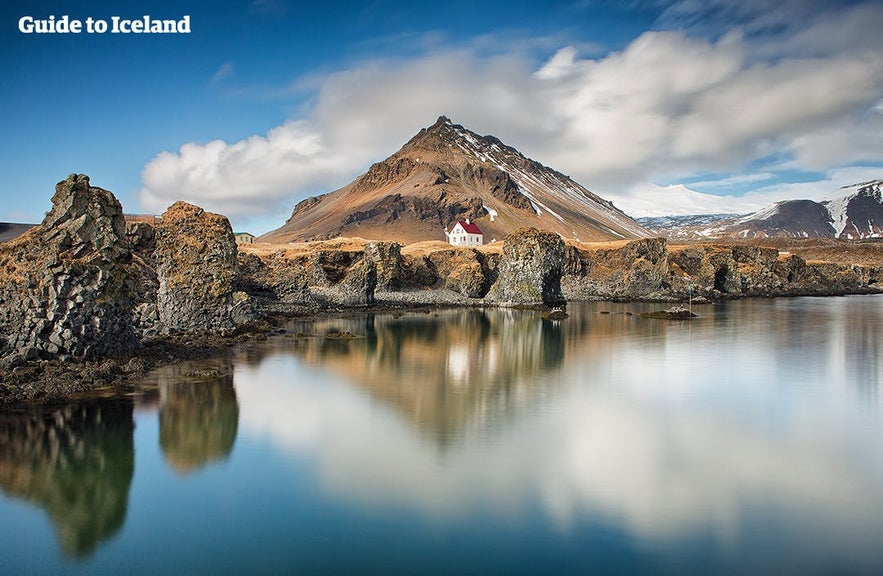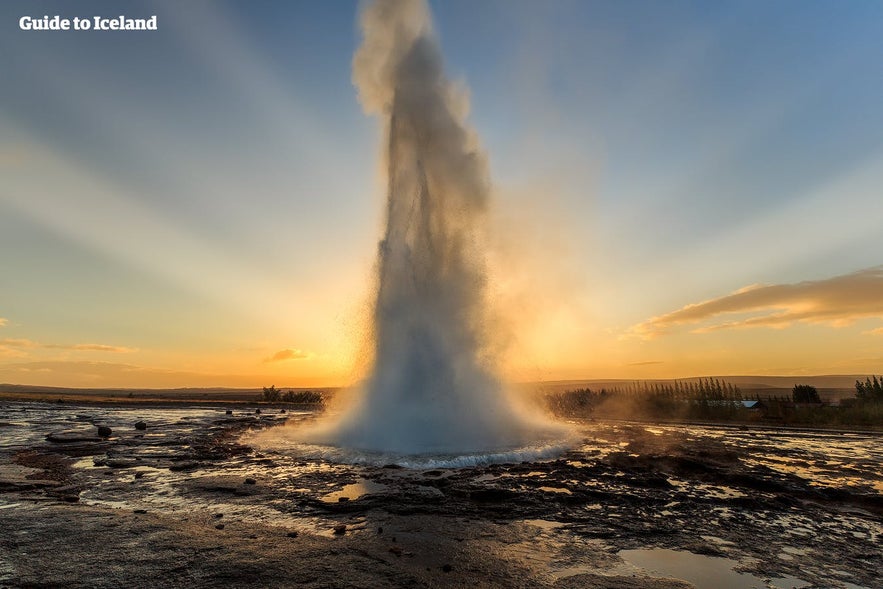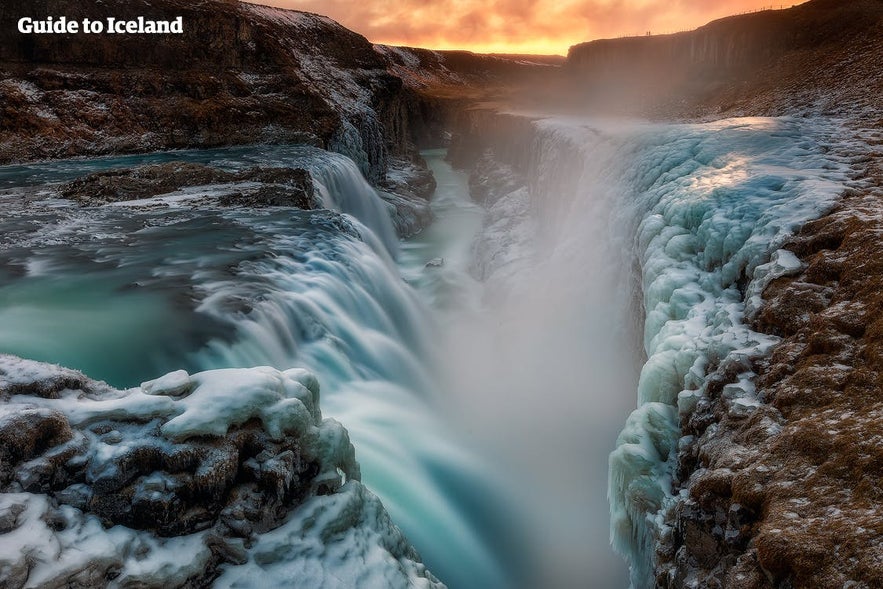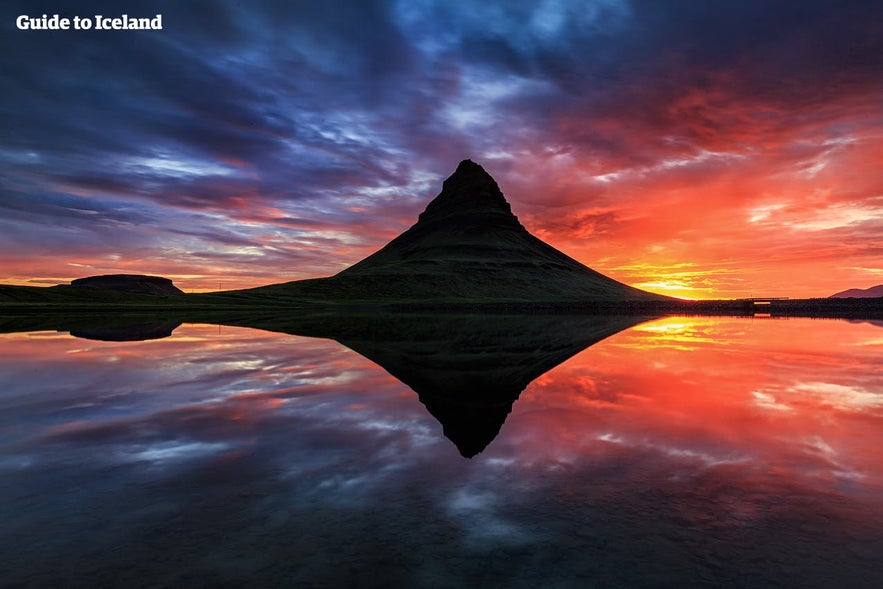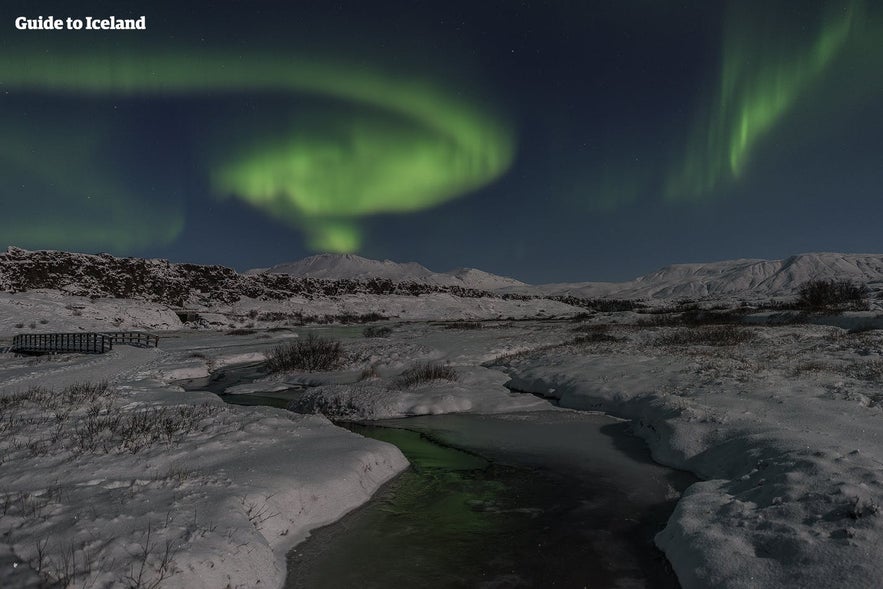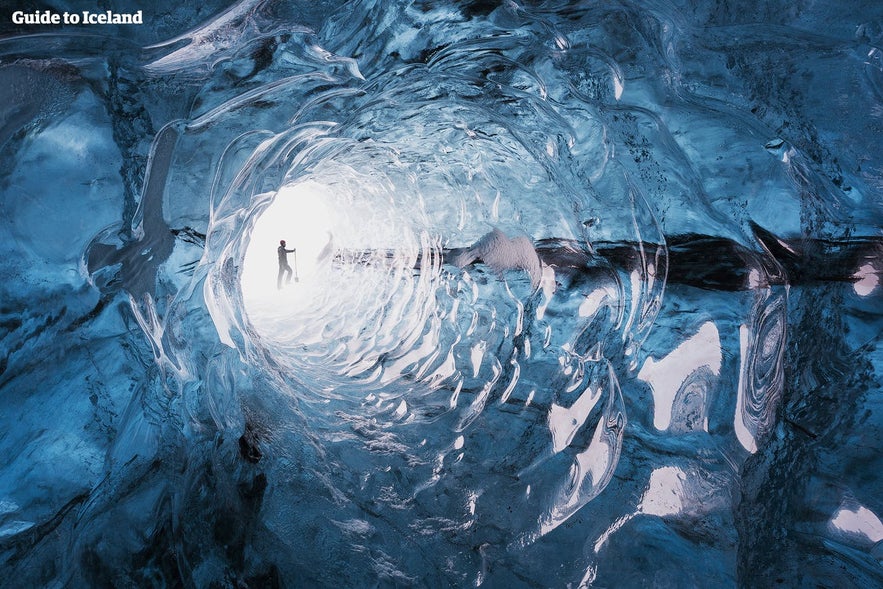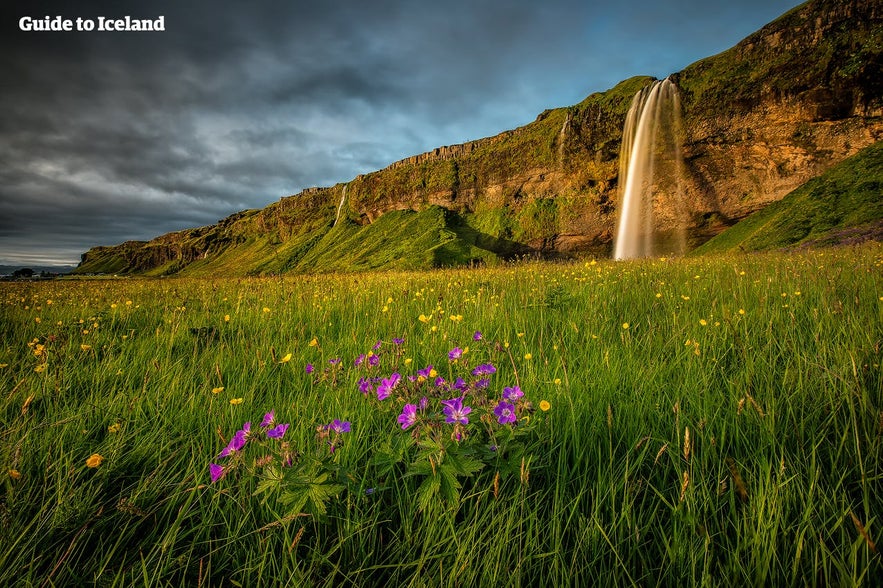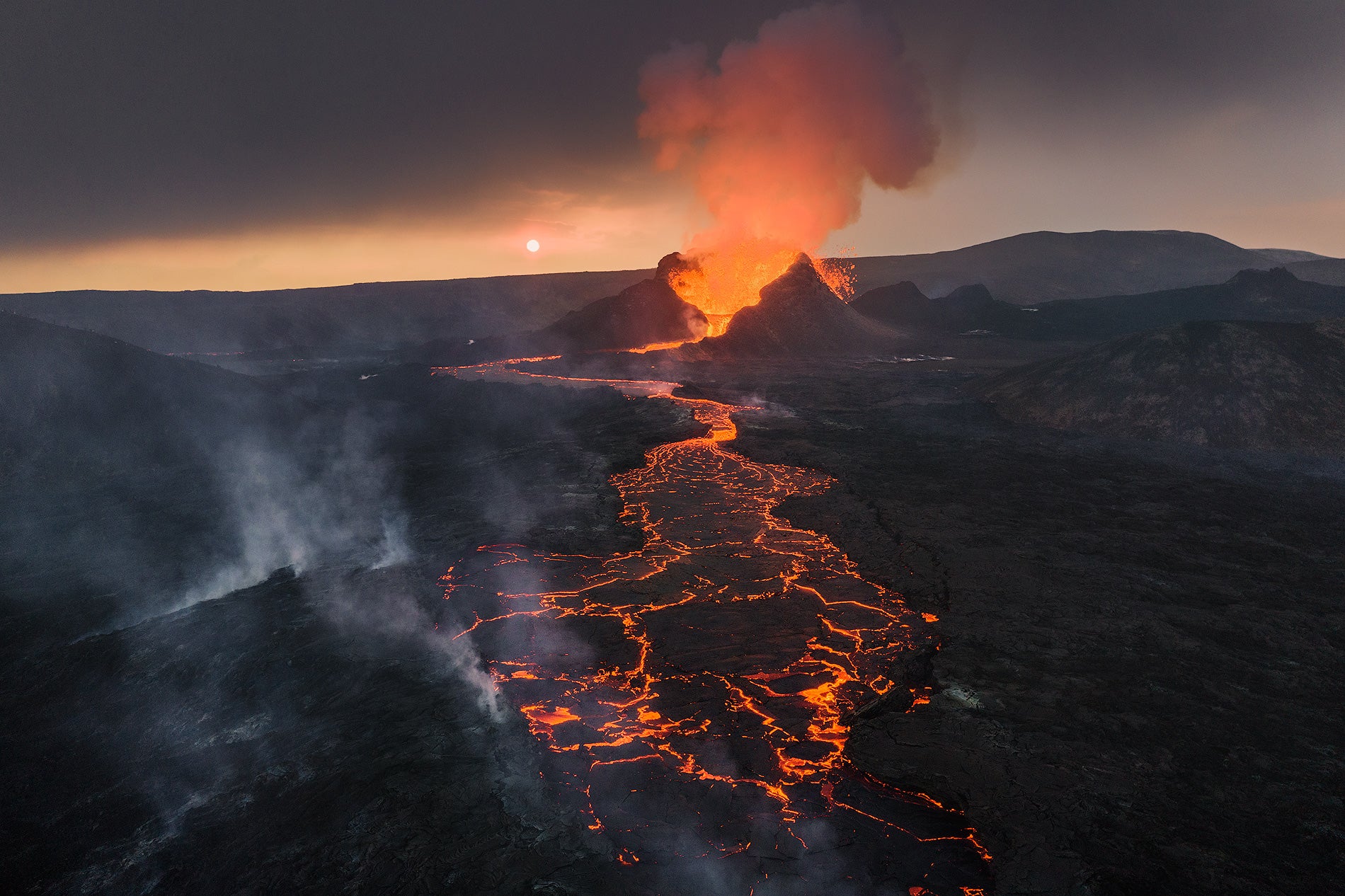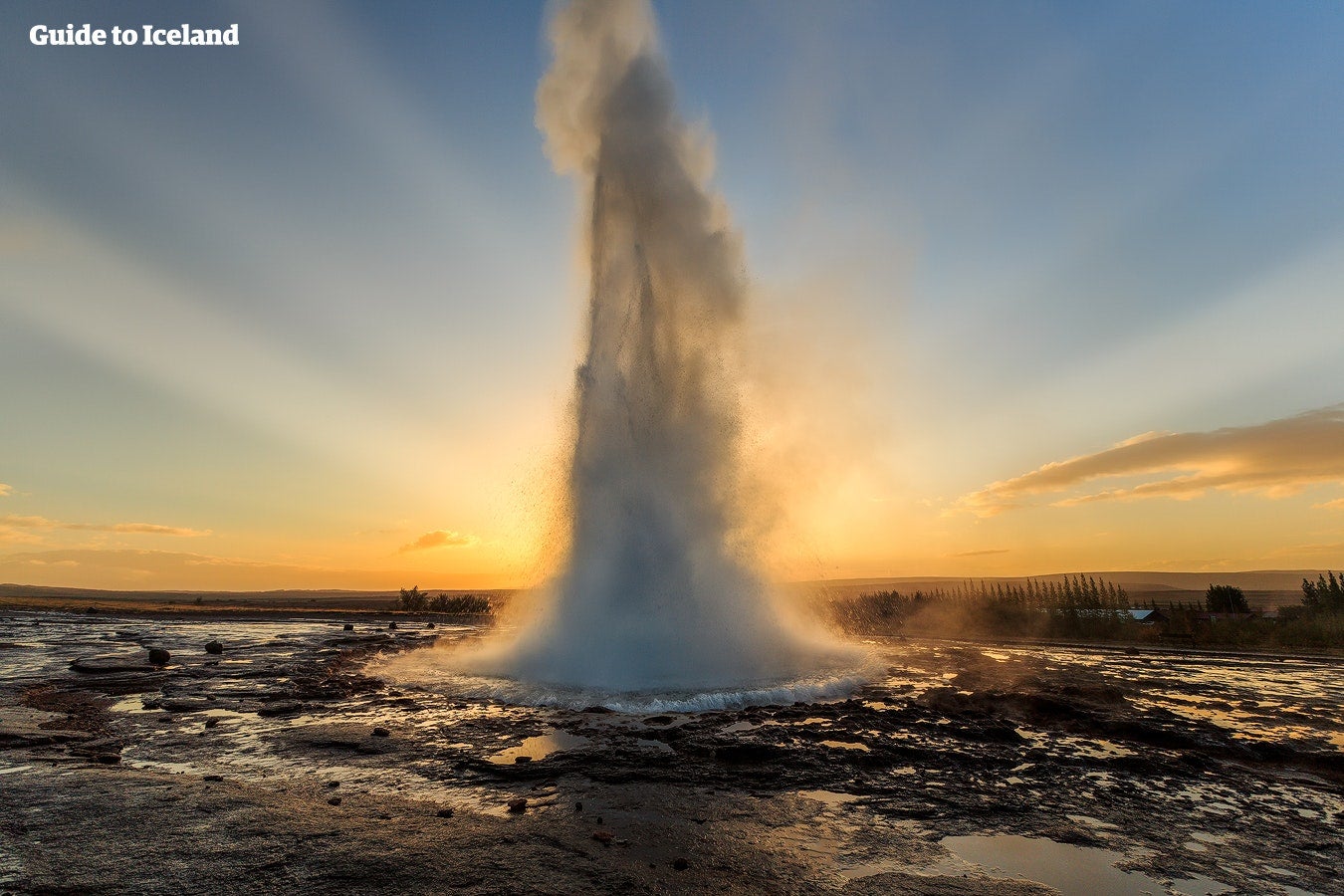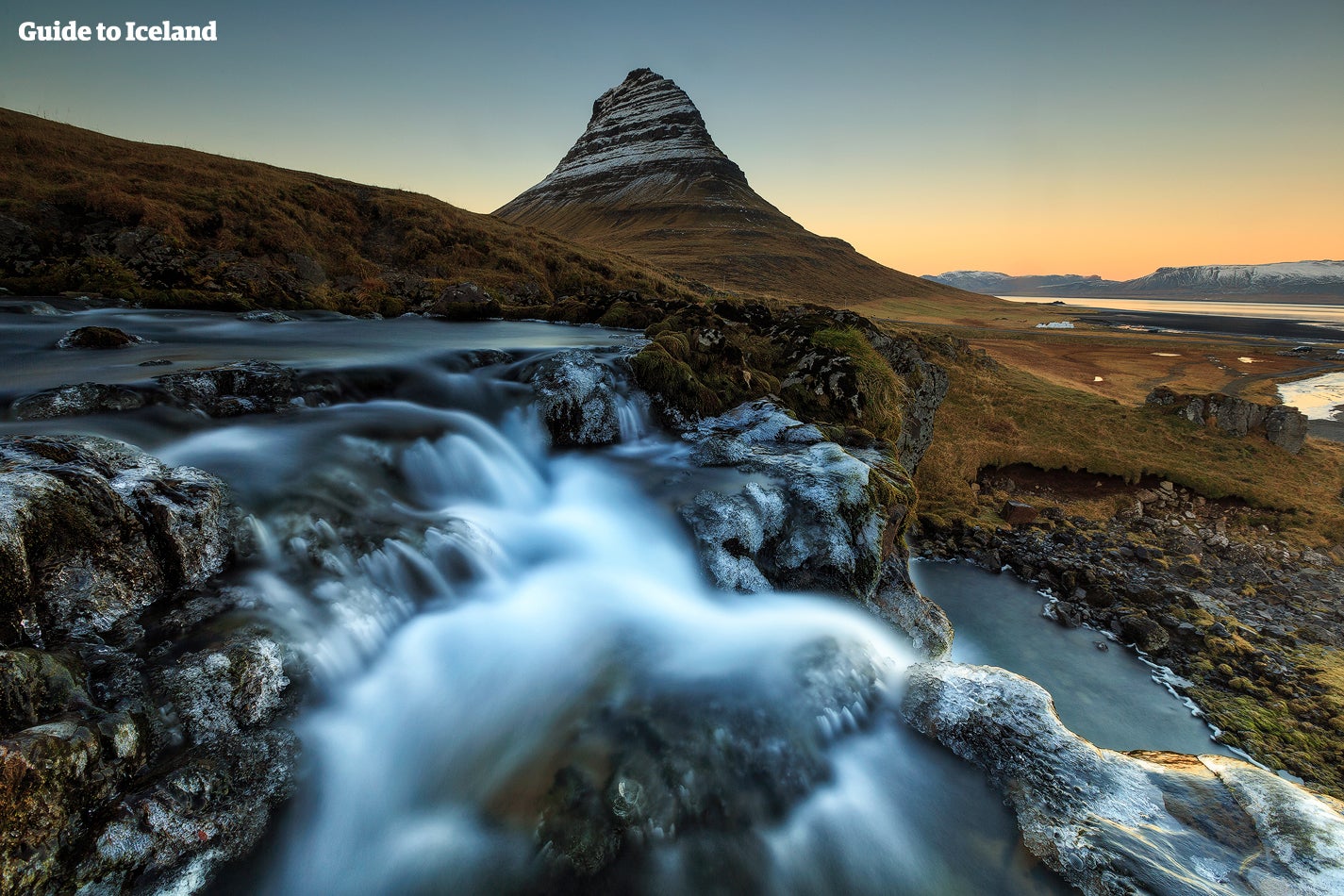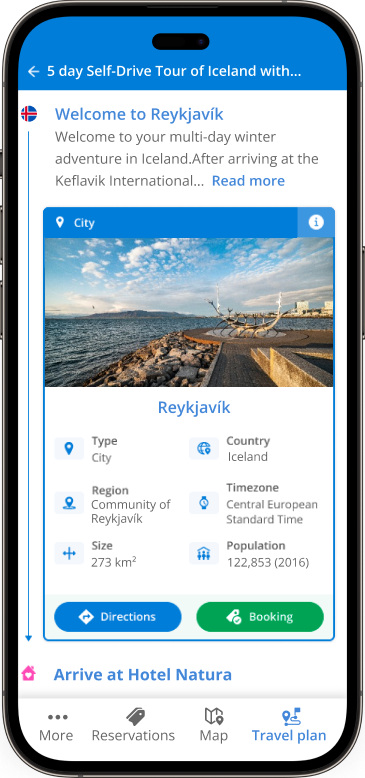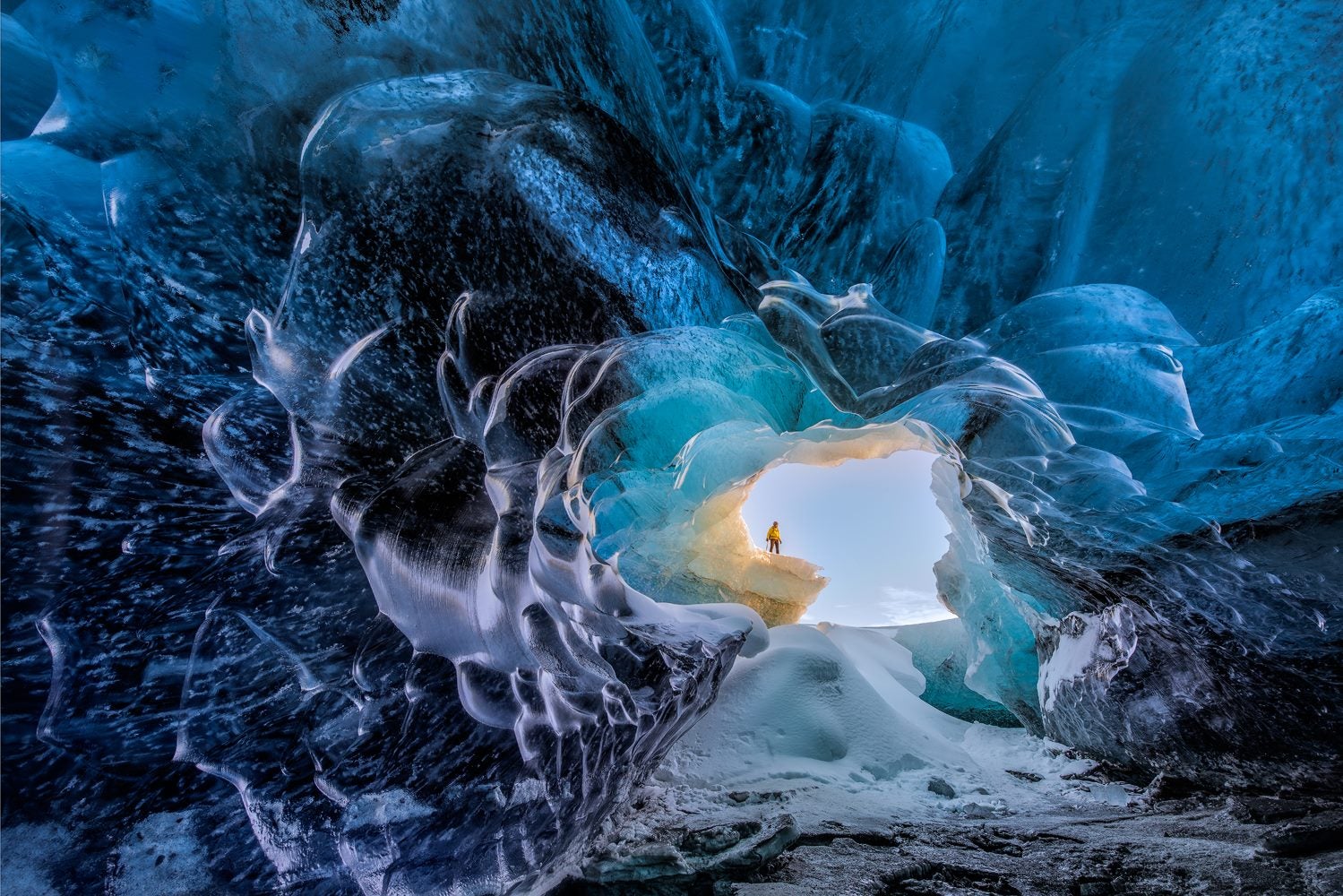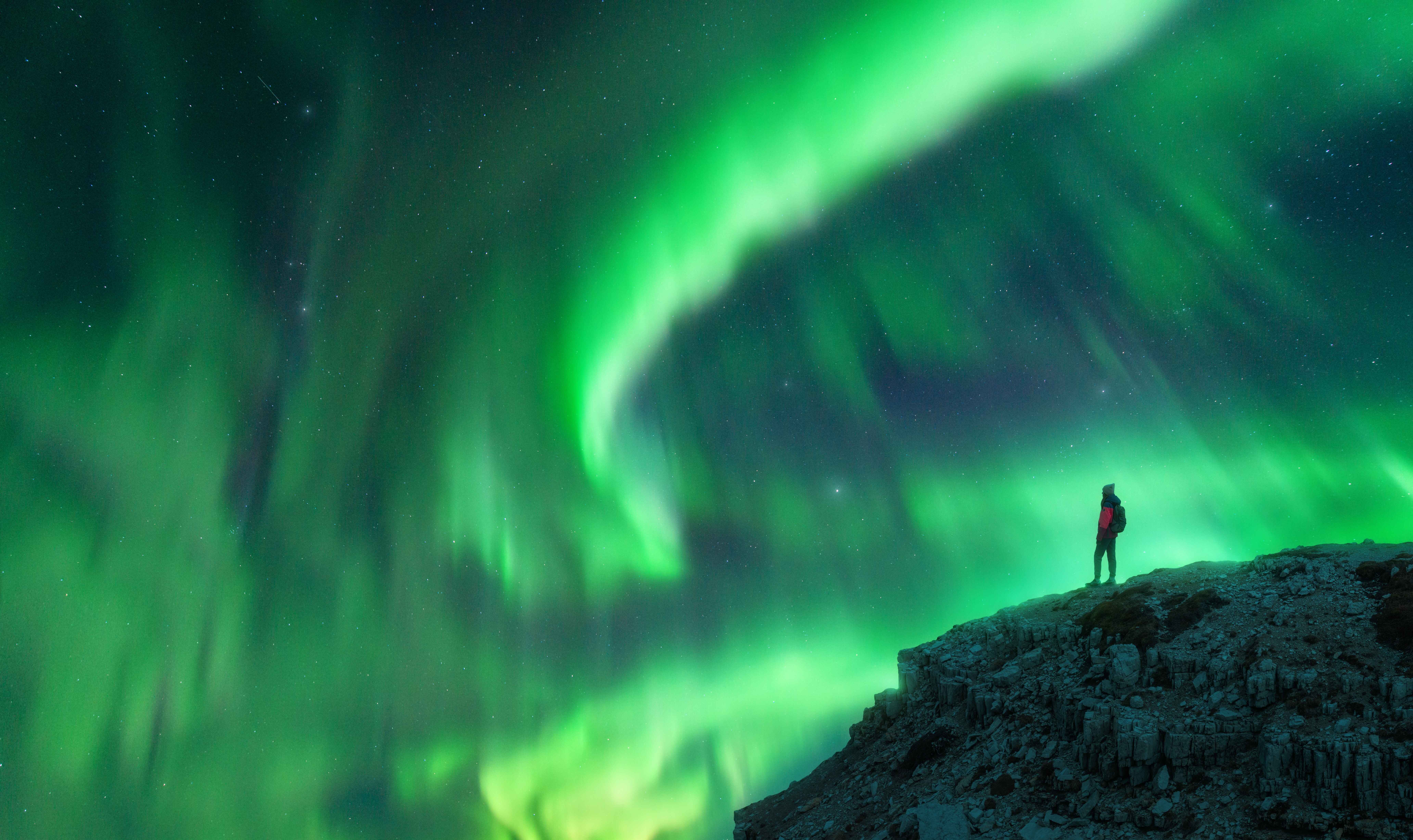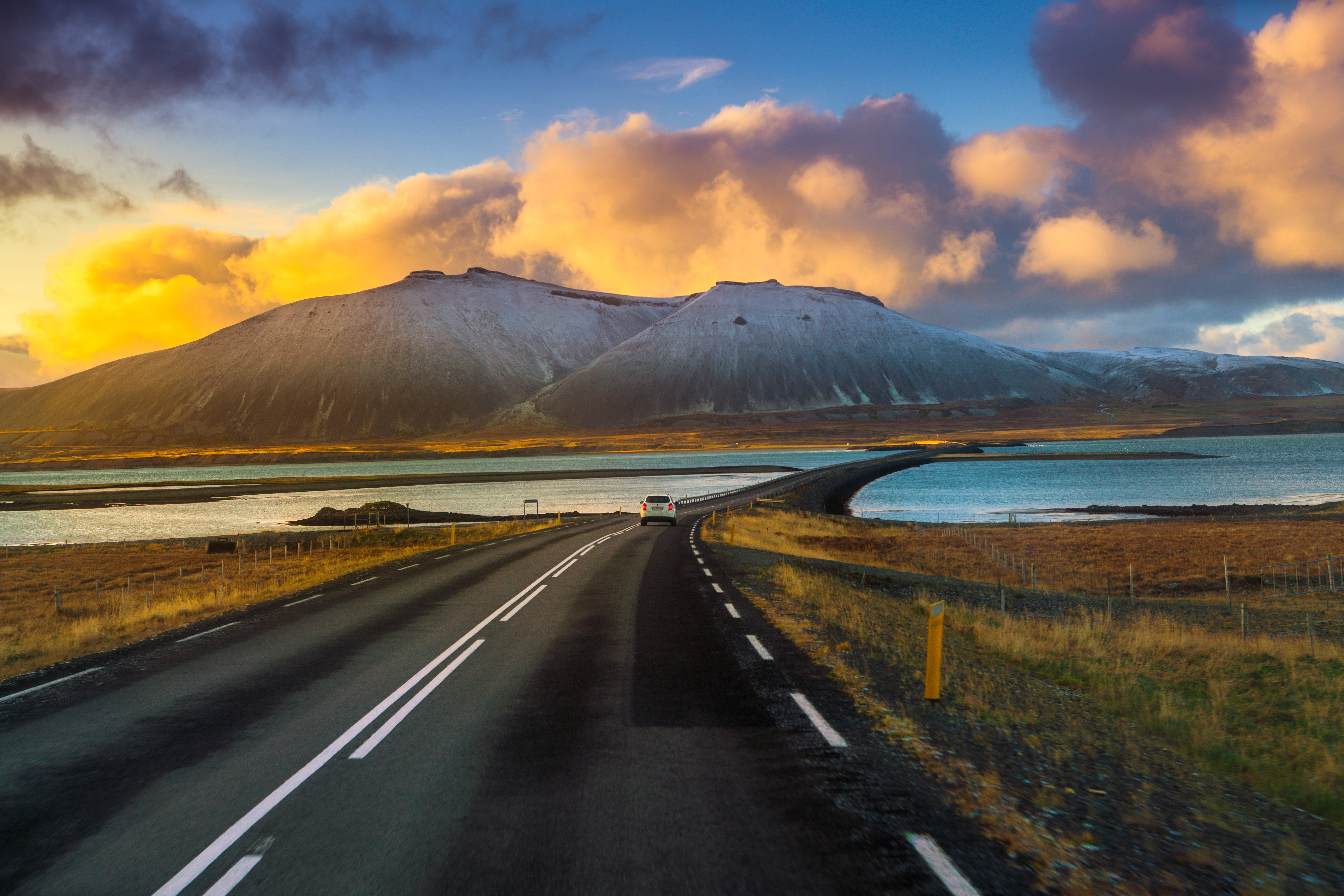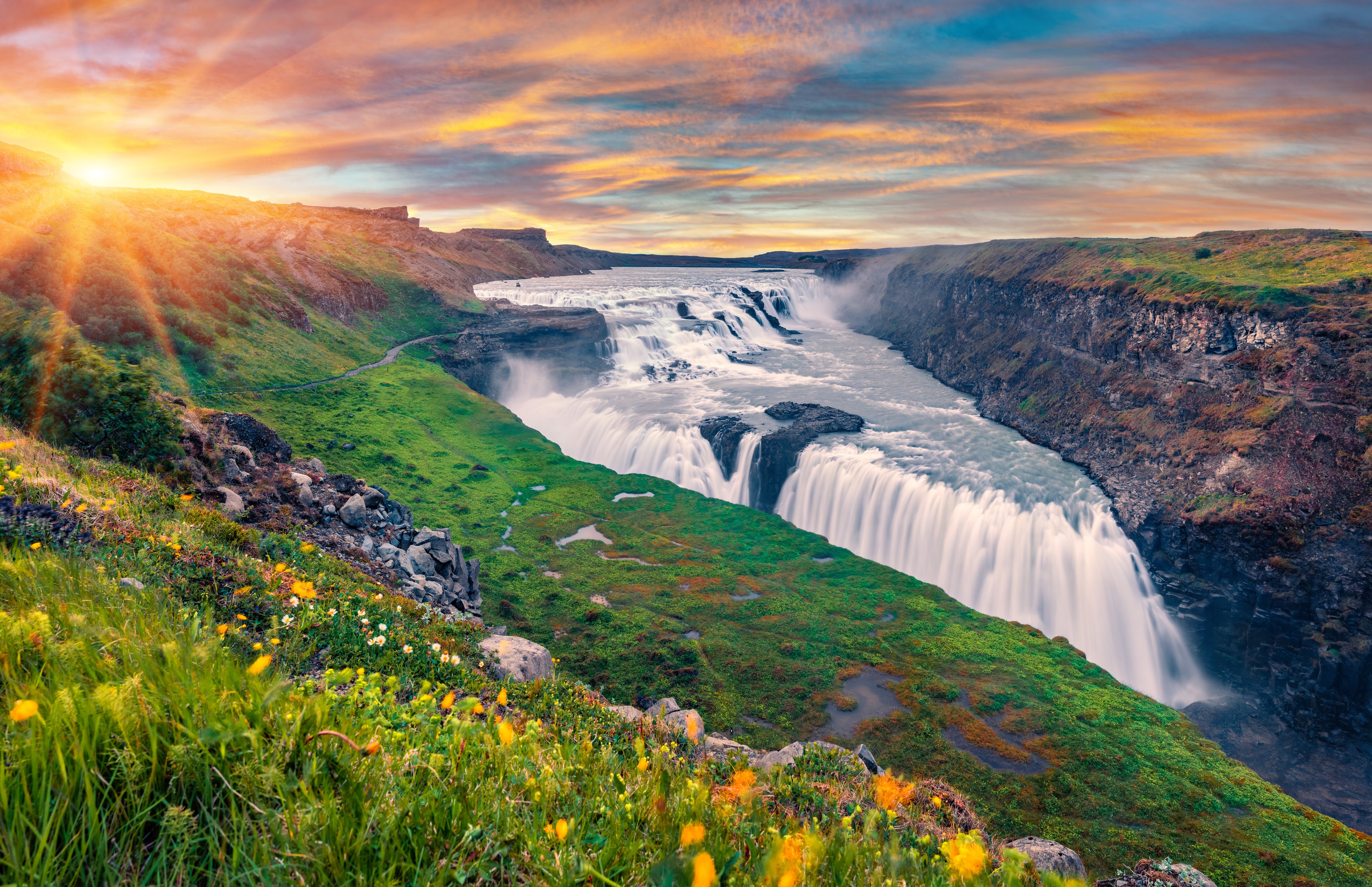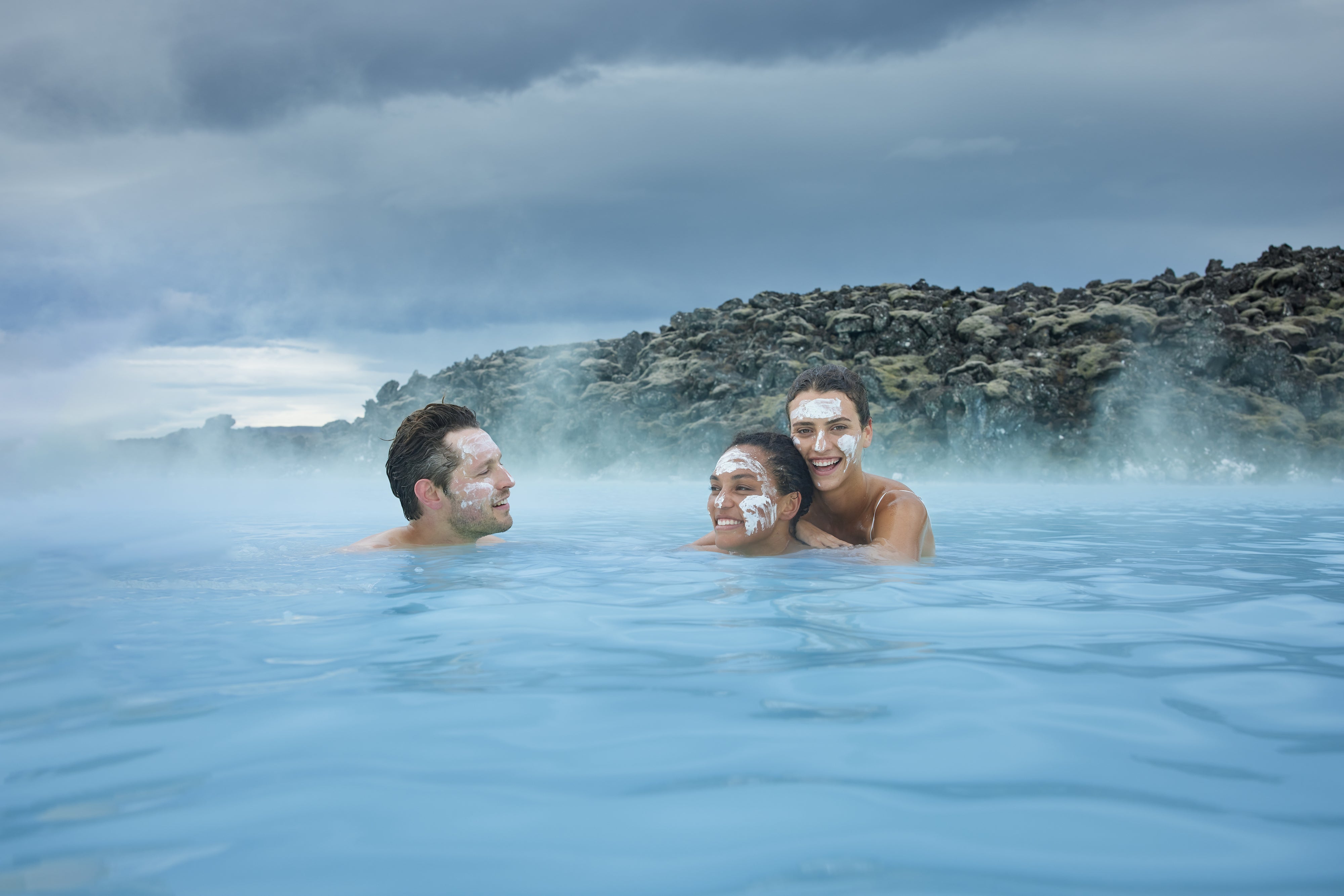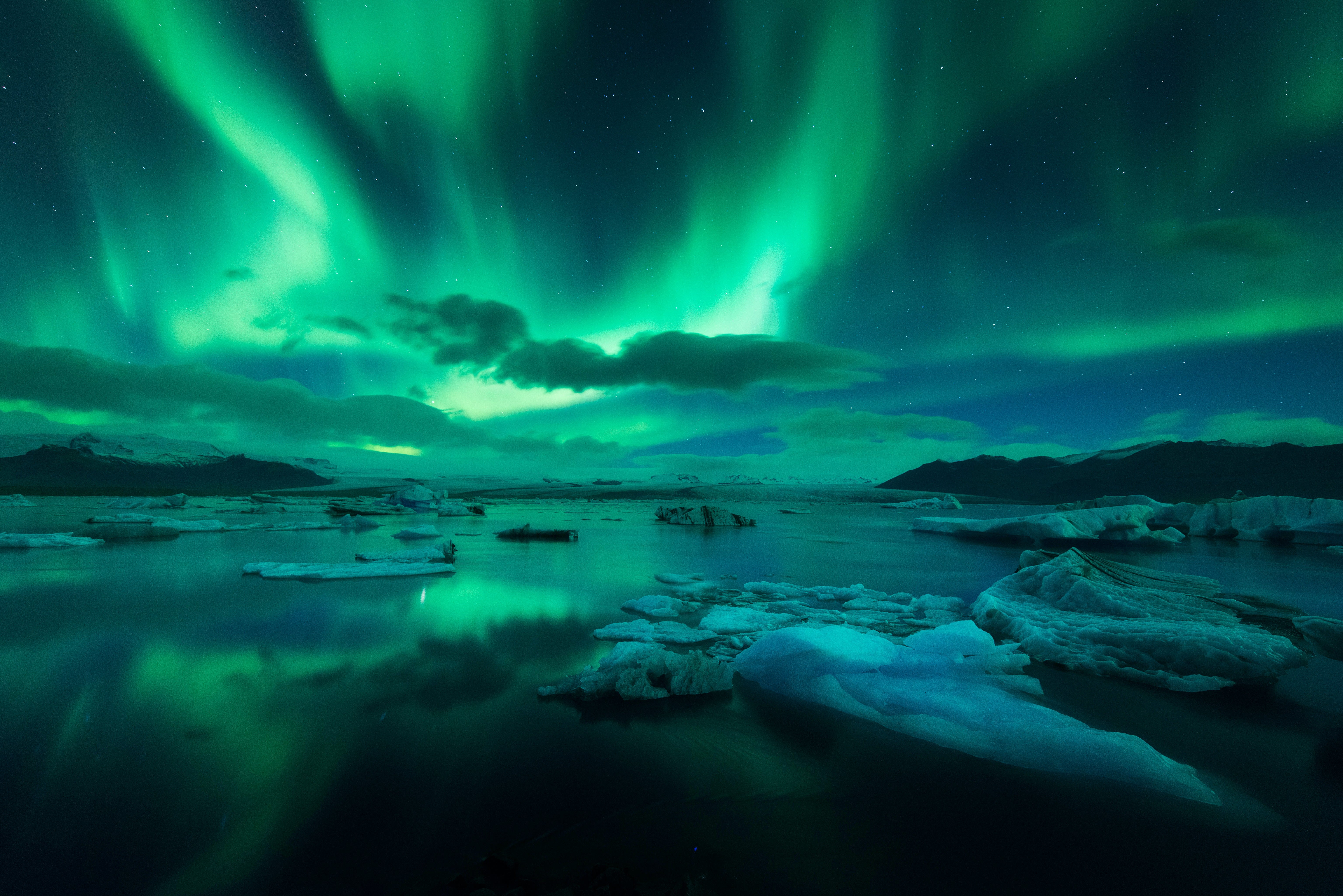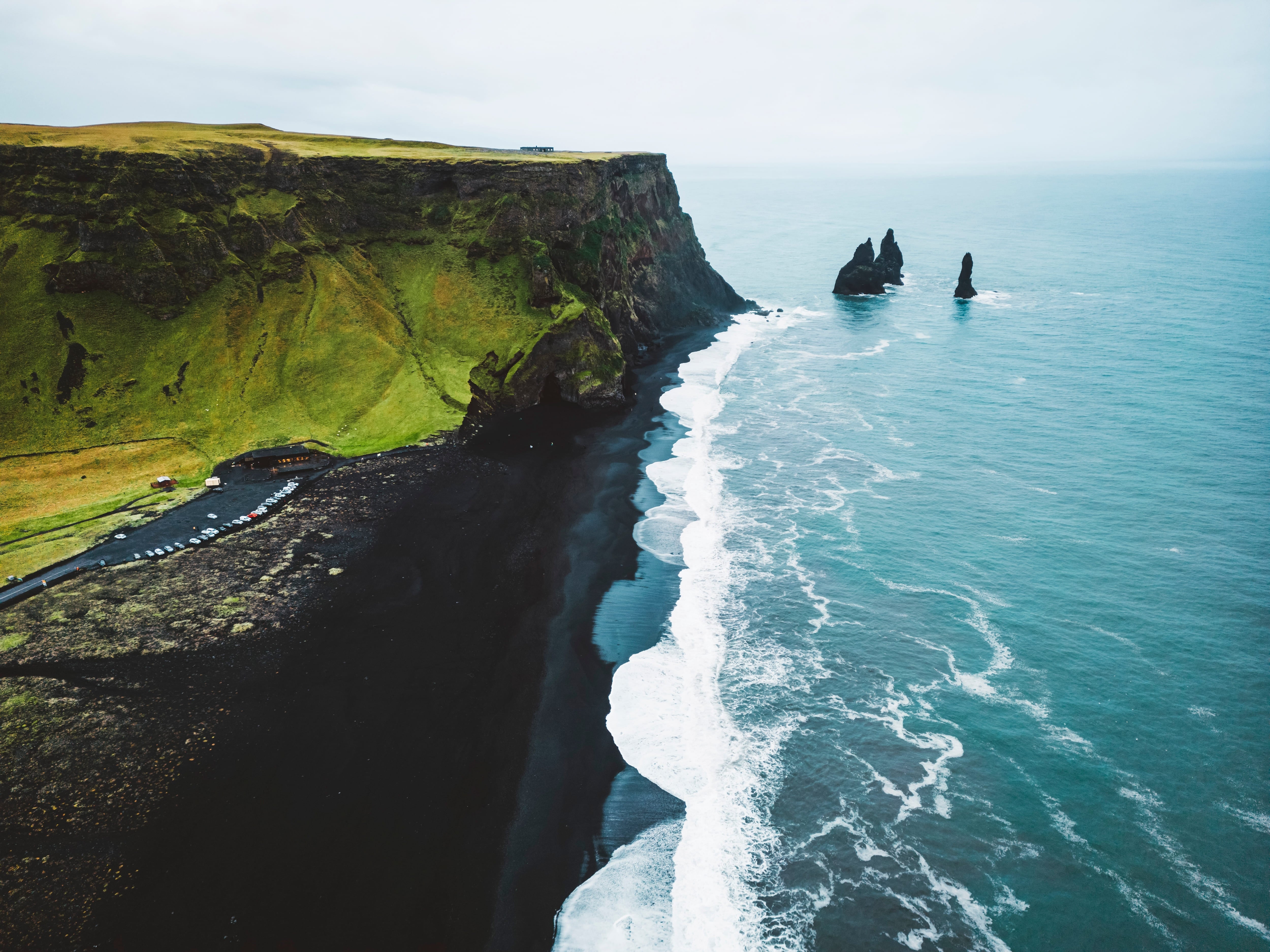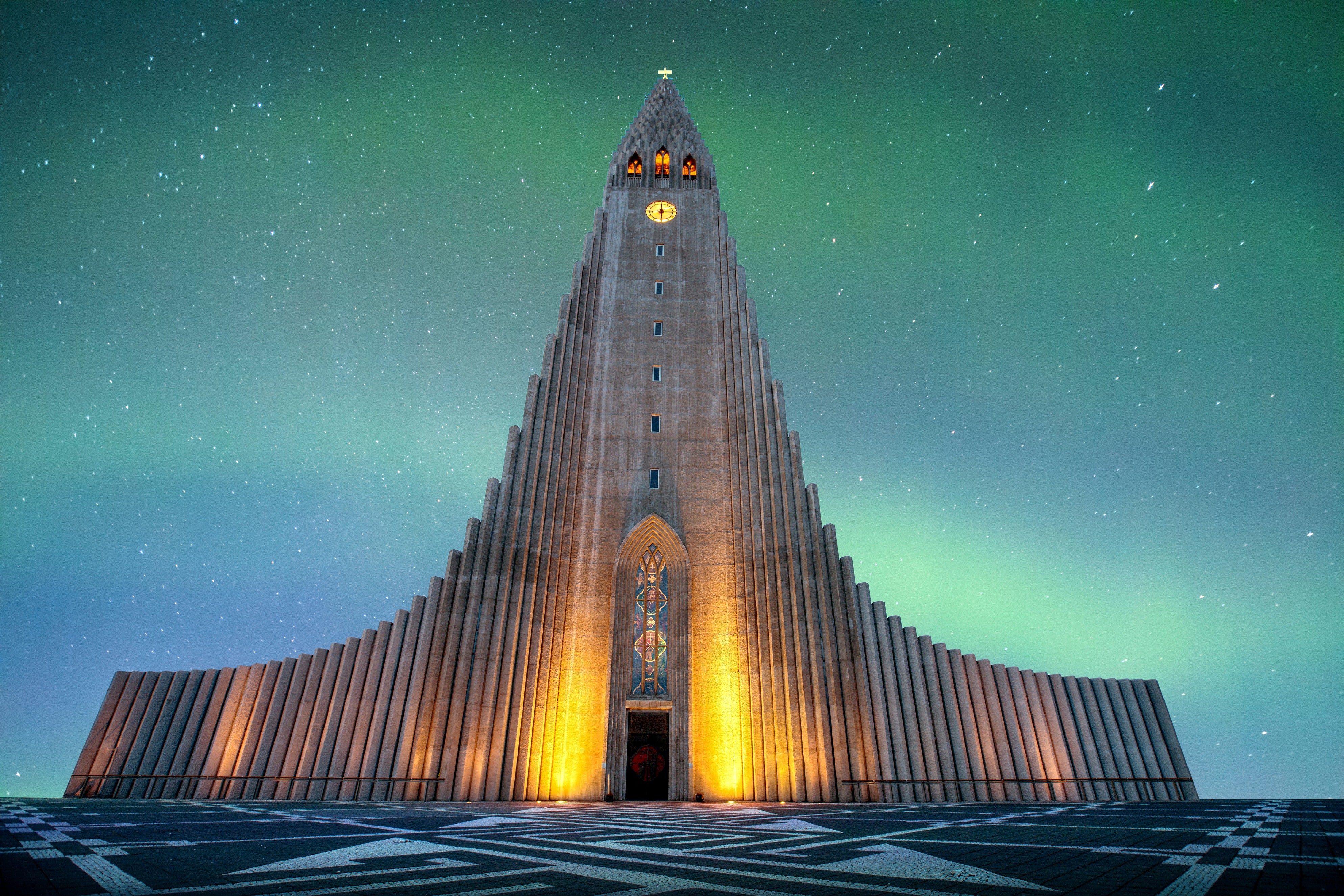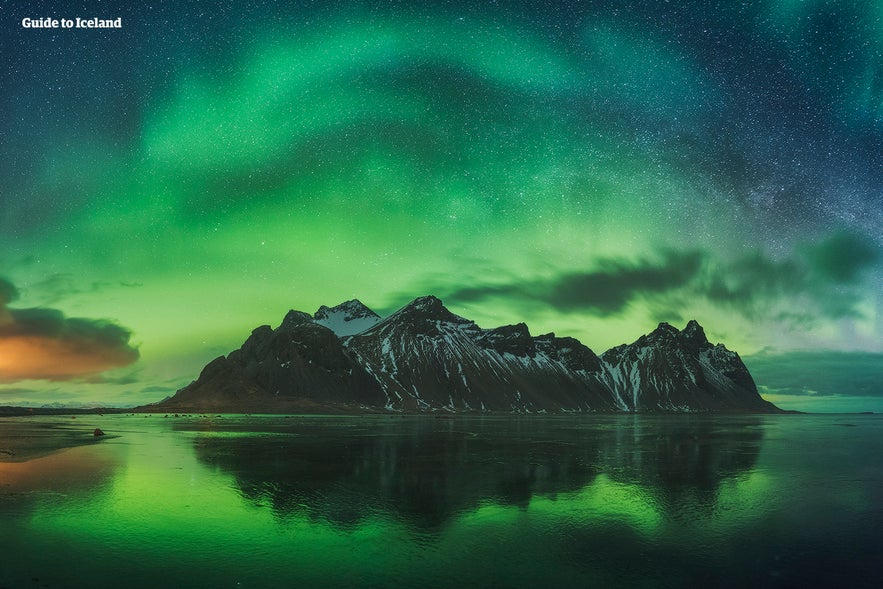
Why is Iceland the perfect destination for photographers? What makes photography in Iceland so unique? When is the best time of the year to take photographs in Iceland? Continue reading to learn about how Iceland is a dream destination for all lovers of photography.
Iceland is best known for its otherworldly beauty, with incredible landscapes of extreme contrasts. No matter what sites you behold on your holiday, you will be grateful for having a camera on hand to enshrine your memories of what you encounter.
Why You Can Trust Our Content
Guide to Iceland is the most trusted travel platform in Iceland, helping millions of visitors each year. All our content is written and reviewed by local experts who are deeply familiar with Iceland. You can count on us for accurate, up-to-date, and trustworthy travel advice.
Whether you are interested in capturing landscapes, wildlife, people, cultural sites, or phenomena such as the northern lights or the midnight sun, you will find a wealth of intriguing photo opportunities in Iceland.
Contents
- Why is Iceland a Great Photography Destination?
- Landscape Photography in Iceland
- Wildlife Photography in Iceland
- Cultural Photography in Iceland
- Portrait Photography in Iceland
- Northern Lights Photography in Iceland
- Midnight Sun Photography in Iceland
- Photography Tours in Iceland
Why is Iceland a Great Photography Destination?
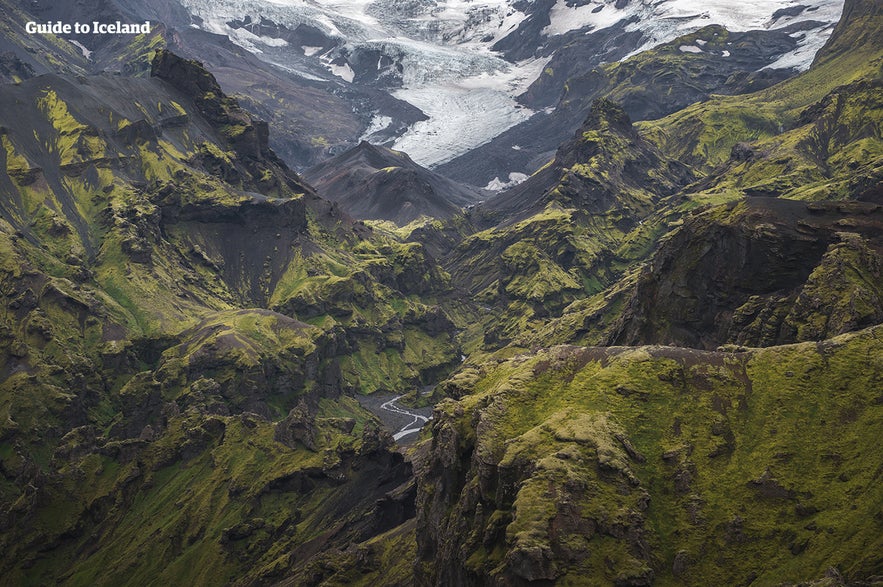
The ever-changing weather in Iceland is part of what makes photographing it so special. The locals have a saying that ‘if you don’t like the weather in Iceland, wait five minutes’, and the same can be said for the photographic conditions.
In one moment, you may be capturing a feature beneath a dark sky, making the subject ominous and imposing, whereas, in the next, it may be basking in the sun, looking magnificent and inviting.
Iceland’s photography is also diversified by its seasonal changes. The term ‘golden hour’ refers to the times around sunrise and sunset, where the lighting conditions are optimal for pictures; in Iceland, however, this ‘hour’ can be much longer.
In midwinter, the sun barely creeps over the horizon, meaning every hour of daylight is ‘golden’. Meanwhile, around the summer solstice, nights remain bright across the country. True midnight sun (when the sun never dips below the horizon) occurs only in Iceland’s far north, including Grimsey on the Arctic Circle, while the rest of the country enjoys luminous twilight that is perfect for photography.
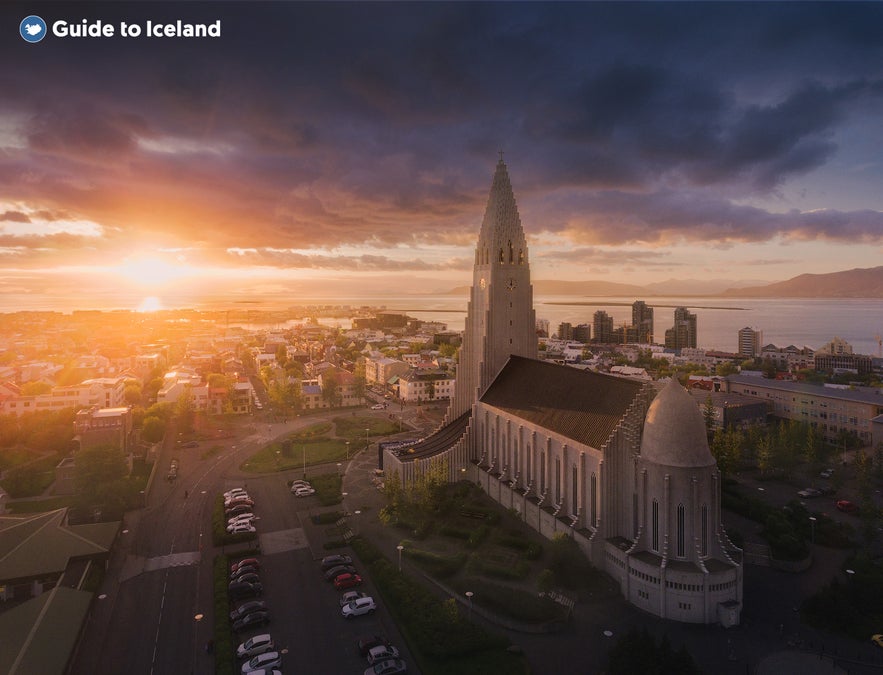
Of course, between seasons, the appearance of nature changes, yet this difference is much more dramatic in Iceland than in most other countries. Visiting in winter provides you with entirely different landscapes than in summer, so you can base your travel plans around what story you want your pictures to tell.
For example, you could visit Mount Kirkjufell on the Snaefellsnes Peninsula, one of the country’s most renowned photographic subjects, in summer to illustrate how verdant and picturesque Iceland is bathed in the sun.
Visiting in winter, however, will allow you to capture how dramatic and harsh the land can become when caked in ice and snow.
Because of the stark contrasts between constant light and pressing dark, in conjunction with awe-inspiring sites and scenery, Iceland is one of the best countries in the world for engaging in the art of photography.
Landscape Photography in Iceland
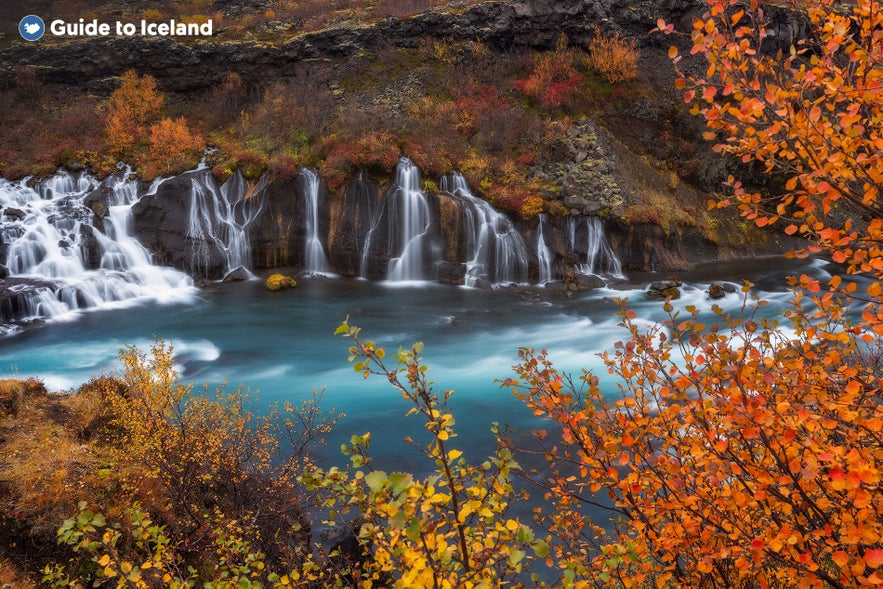
For the majority of travelers coming to Iceland hoping to capture incredible images, it is the landscape photography already out there that has most likely aroused their interest. Many hope to recreate the photos that they have previously seen, but in their own style and with their own flair.
After all, who could look at pictures of Jokulsarlon Glacier Lagoon beneath the aurora borealis, or of the rock formation Hvitserkur in the midnight sun, and fail to be inspired?
The geography of Iceland makes landscape photography as easy as it is rewarding. The nation has a vast array of different landscapes which are often in close proximity to each other. Within just one day, you can easily photograph diverse and spectacular coastal views, mountain ranges, volcanoes, glaciers, lava fields, or geothermal landscapes.
This is especially the case when visiting the South Coast, the Snaefellsnes Peninsula (often dubbed ‘Iceland in Miniature’) and the North, particularly in and around the Lake Myvatn area. Therefore, even if you are only having a short stopover in Iceland and basing yourself in Reykjavik or Akureyri, you will still be able to encounter some exceptional photo opportunities to add to your portfolio.
To illustrate this, we will use photos of the South Coast as an example.
Leaving from Reykjavik, you first pass through the earthquake town, Hveragerdi, where you can take pictures of Iceland’s geothermal landscapes. Then, a little further east along Route 1, you will reach the famous waterfalls Seljalandsfoss and Skogafoss. The unique cascade of the former and the sheer force of the latter place both of these marvels among the country’s favorite subjects.
As you travel further, you will pass the glaciers Myrdalsjokull and Eyjafjallajokull, and can note the peaks which mark the volcanoes hidden beneath them. It is possible to take detours to photograph them in all their glory. Otherwise, the dramatic cliffs of the Dyrholaey Rock Arch and the black sands of Reynisfjara Beach will be your next subjects.
Photography note for Reynisfjara: obey the color-coded warning lights and signage, keep a generous distance from the surf, and avoid the cave and basalt columns when the red light is flashing, as access to the lower beach may be closed for safety. The view from the ridge remains excellent.
Due to the haunting Reynisdrangar sea stacks and the effects of the violent Atlantic Ocean waves crashing around them, the rock formations are a particular favorite amongst shutter junkies. This location is conveniently close to the village of Vik, where you can not only stock up for your travels but capture an image that shows how Icelandic settlements are seamlessly entwined with their surrounding nature.
Due to the aforementioned contrasts between winter and summer, this is the case no matter the season, and taking pictures at different times of the year will result in incredibly varying photos.
The next main destinations for photography along the South Coast are at the Skaftafell Nature Reserve and Jokulsarlon Glacier Lagoon, but the landscapes en route are also likely to warrant you to stop. You will pass through vast plains of black sands, dozens of outlet glaciers of Europe’s largest glacier Vatnajokull, and a lush and breathtaking countryside.
Skaftafell is often referred to as a ‘hiker’s paradise’, yet all the reasons it is loved by hikers, its scenic trails, dramatic landmarks, and diverse scenery, also hold great photographic appeal. Within one location, you will be able to shoot glacier tongues, lagoons, forests, lava landscapes, and picturesque waterfalls, the most notable being the solitary Svartifoss.
As stunning as this nature reserve is, it is beautiful enough that it was once considered a national park in its own right before it was enveloped by the greater Vatnajokull National Park, it is still not likely to be the highlight of this photographic day trip. That honor will, no doubt, go to Jokulsarlon Glacier Lagoon.
This giant lake is filled with gleaming icebergs, which have broken off and drifted from a far-off glacier tongue. Each berg is beautiful and unique, weaving black streaks of ash from eruptions centuries past into the electric blue and white of the ice. They form unique structures, some of which tower to the height of multi-story buildings.
These icebergs are as individually captivating as they are collectively breathtaking.
Adjacent to Jokulsarlon is a stretch of black sand coastline nicknamed ‘the Diamond Beach’, as it is here that the icebergs wash upon the shore. Contrasting their gleaming colors with the dark sands, the white of the surf, and whatever lighting conditions of the sky above, the images available are breathtaking. Never step onto floating ice or into the surf, the current is powerful and unpredictable.
After shooting at the Diamond Beach, you could return to Reykjavik, marking a long but not overly exhausting day of photography that proves how much you can capture in only one trip that both starts and ends in the capital. If, however, you are feeling ambitious, you could travel a bit further east to photograph one more feature, Mt. Vestrahorn, near Hofn.
This horned mountain, one of the few in Iceland composed of gabbro rock, is another of the country’s favorite photo subjects. Even basked in summer sunshine, its dark, barren appearance tells of Iceland’s stark volcanic nature. Note that the Stokksnes headland is private land; access is via the Viking Café where a small maintenance fee is charged, and it is open year round.
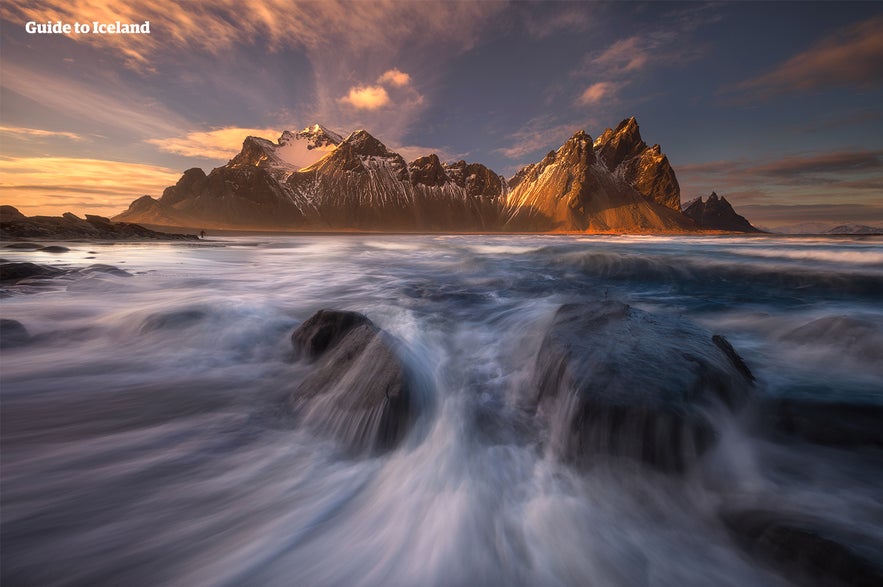
Someone feeling even more ambitious, between the months of June and August, could also take a detour (en route or on the return journey) to the region of Landmannalaugar. There, you can capture some spectacular images of the Highlands, one of the country’s most remote regions, with its rhyolite mountains and steaming geothermal areas.
If you want to immerse yourself in the South Coast without rushing, there exist plenty of self-drive tours, where your accommodation and vehicle will be arranged for you, which allows you to focus solely on the photography. If you book one of these in summer, you can then use the opportunity to better visit Landmannalaugar.
If taking a two- or three-day self-drive in winter, however, you have a great chance of capturing locations such as Jokulsarlon beneath the lights of the aurora. You will also get a rare opportunity to photograph a landscape very few will ever see, the world within a glacier, via an ice caving tour. Natural crystal ice caves are generally accessible from November to March, subject to weather and guiding conditions.
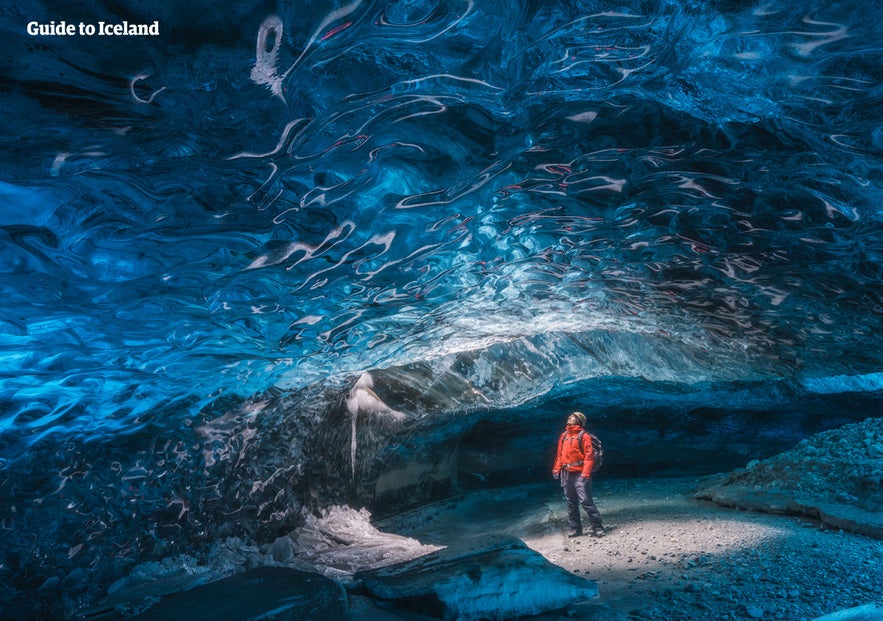
Avid photographers should ensure they bring a wide-angle lens in order to capture the full majesty of Iceland’s diverse landscapes. A circular polarizer helps tame glare around waterfalls and on wet black sands; an ND filter smooths flowing water. Those looking to only enshrine their memories will find that photos taken on a smartphone can still be excellent with thoughtful composition.
If you wish to capture the landscapes of Iceland via a drone, you are welcome to do so where it is permitted. Iceland follows European UAS rules, register as an operator, keep visual line of sight, and stay below 120 m above ground. Respect no-drone zones near airports and sensitive infrastructure, and always follow rules at protected sites. Thingvellir has time-of-day restrictions in its busiest core area, and parts of Vatnajokull National Park, including Jokulsarlon and Skaftafell, can have seasonal or local limits to protect birds and the visitor experience. Always check on-site signage and local park guidance before flying. For an official summary of open-category rules, see the Icelandic Transport Authority, and you can also review a general overview here.
Wildlife Photography in Iceland
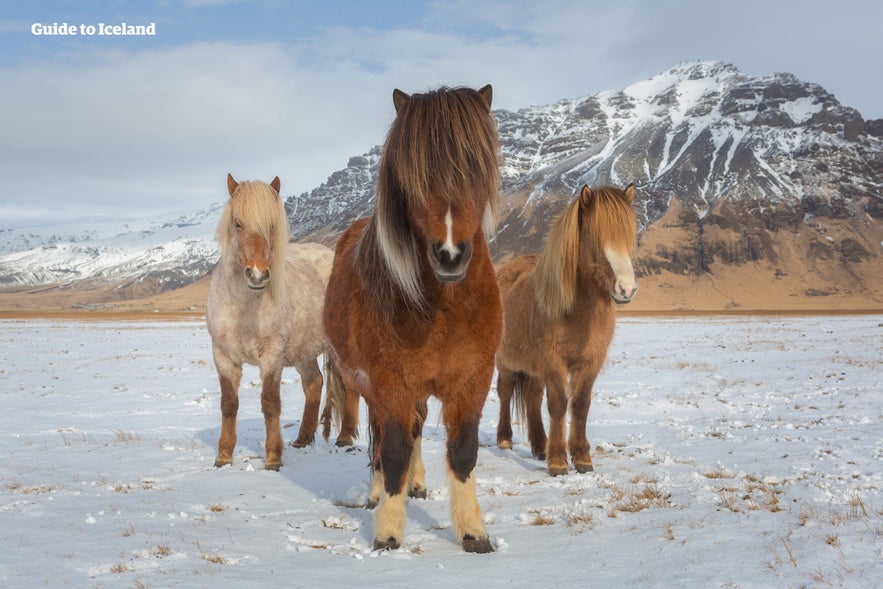
Though its isolation from mainland Europe means a lack of the land mammals commonly found in countries at a similar latitude, the country still boasts surprisingly diverse wildlife. The most accessible and rewarding subjects to photograph are the nation’s numerous bird species, particularly in summer when migratory species such as puffins flock to the shores to nest.
Iceland’s puffins are rather unafraid of people, and will often let you get remarkably close. This is especially the case at the Latrabjarg bird-watching cliffs in the Westfjords, where you can easily get within a few meters of these beautiful birds. Puffins are present from late April to mid August; keep off the grassy edges to avoid collapsing burrows and give the birds space.
- See also: Where to Find Puffins in Iceland
If you are unable to reach the Westfjords during your travels, it is possible to take puffin watching tours from Reykjavik to the islands of Akurey and Lundey. If you wish to photograph the birds in this way, from a boat, it is recommended that you bring a telescopic lens. That way, you can successfully capture the details of the puffins' charm, such as their colorful beaks and emotive eyes.
It is not just birds that make up Iceland’s impressive wildlife. The nation is also famed for having over twenty species of whale and dolphin frequenting its waters. In fact, the town of Husavik, in Iceland’s North, is often considered the whale-watching capital of Europe.
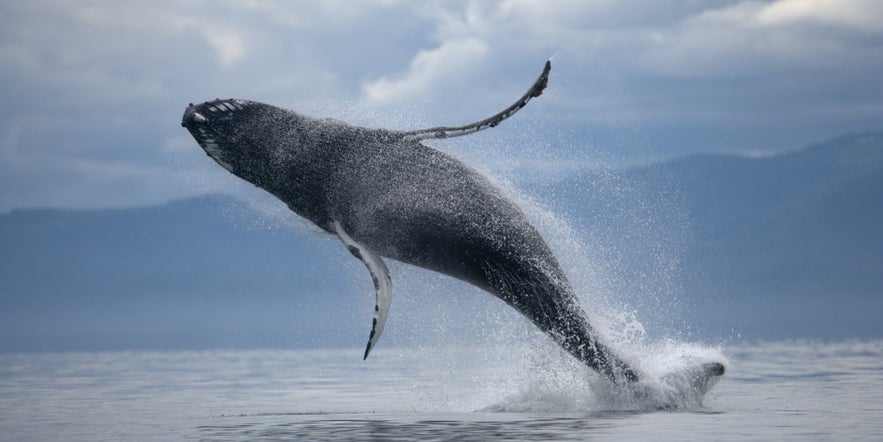
You can take whale-watching tours from here, Akureyri, Reykjavik, and the Snaefellsnes Peninsula (for excellent chances of photographing orcas in late winter, spring, and early summer), to capture images of these beautiful creatures. In places such as the Westfjords in summer, and Breidafjordur throughout the year, you also have a decent chance of spotting the whales from the shore with a telescopic lens.
Because of the incredibly scenic surroundings of the aforementioned whale-watching ports, it is often possible to incorporate whale flukes or surfacing dolphins in your landscape photographs.
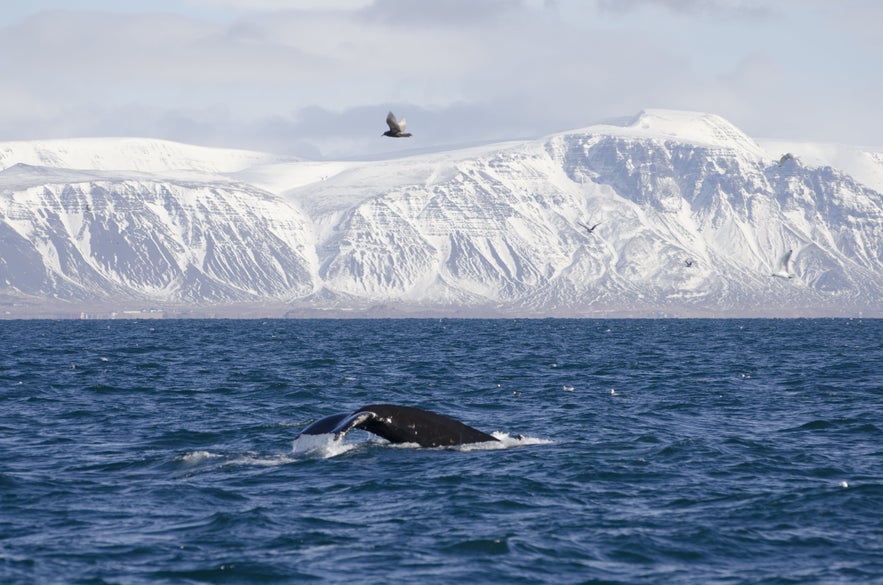
- See also: Whale Watching in Iceland
Along the beaches of Iceland, you are likely to find another popular species of marine mammal for photography, seals. They can be found all around the country but have a more constant presence on the Vatnsnes Peninsula, on Ytri Tunga Beach on Snaefellsnes, and within Jokulsarlon Glacier Lagoon.
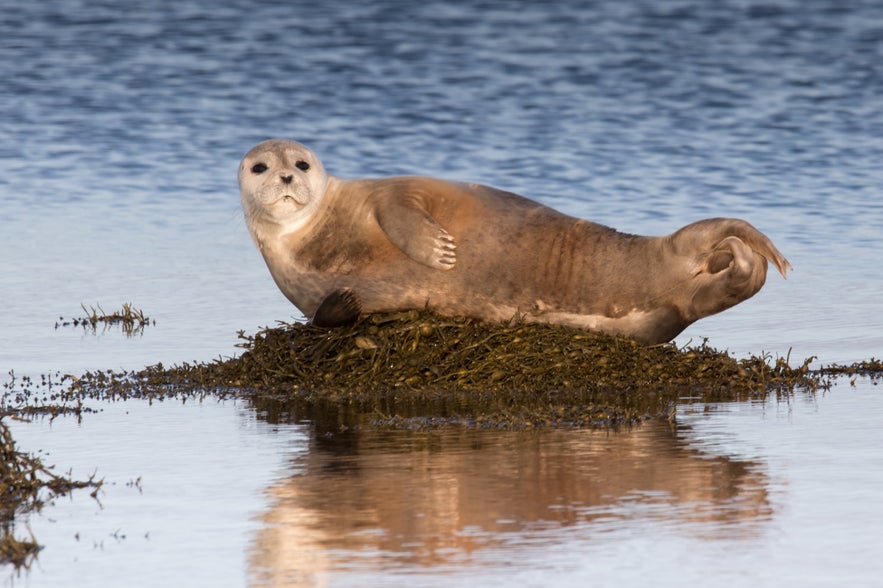 Photo by Pascal Mauerhofer
Photo by Pascal Mauerhofer
In the lagoon, they are particularly of note, as you can capture them hauling out on the icebergs, a sight most would expect to be reserved only for polar regions. Jokulsarlon Glacier Lagoon is already an essential place for avid photographers to visit, and this only adds to the opportunities for marvelous pictures in the area.
- See also: Seals and Seal Watching in Iceland
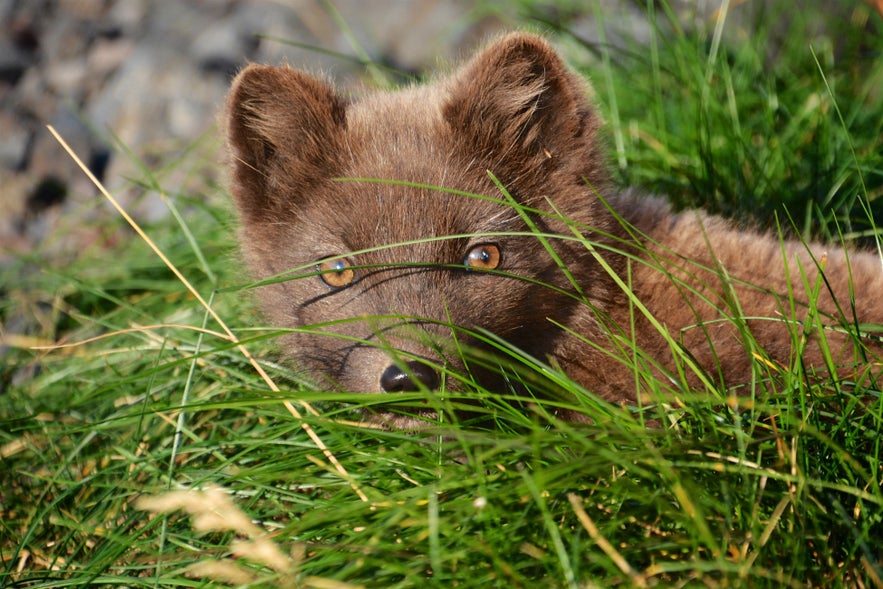 Photo by Jonatan Pie
Photo by Jonatan Pie
Iceland has but one native land mammal, the Arctic fox. While elusive, well camouflaged, and cautious, it is a great subject for the experienced wildlife photographer. They are found around the country but are most abundant and least afraid of people in the deserted and remote Hornstrandir Nature Reserve in the northernmost part of the Westfjords.
This area is only accessible in summer, but considering the foxes' white winter coats, it is unlikely that amateur photographers could capture the camouflaged animals against the snow of the season.
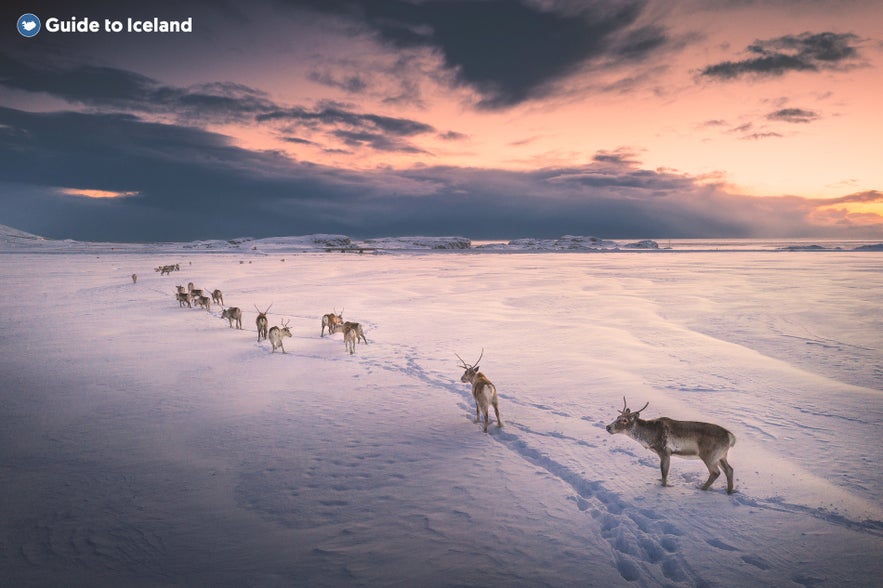
Iceland does have other wild land mammals that were brought over by people since the days of settlement. The most notable of these are the reindeer, which are found in East Iceland, mainly around Mount Snaefell. Contrary to the foxes, whales, and birds, reindeer are easiest to photograph in winter, which is when they descend to lower grazing grounds.
As a nation that relies heavily on agriculture, Iceland also hosts a wealth of farm animals. While photographing sheep and cows is easy and captures the rural side of the country, the best domesticated subjects are undoubtedly Icelandic horses, which regularly exhibit their playful and curious nature.
Icelandic horses are found all around the country throughout the year, as their thick winter coats protect them from even the harshest weather. They will often approach photographers, looking for attention, making your job of capturing them remarkably easy. The only time they may be more reserved is if they just had their foals, but a lens with a decent zoom feature should remedy this problem.
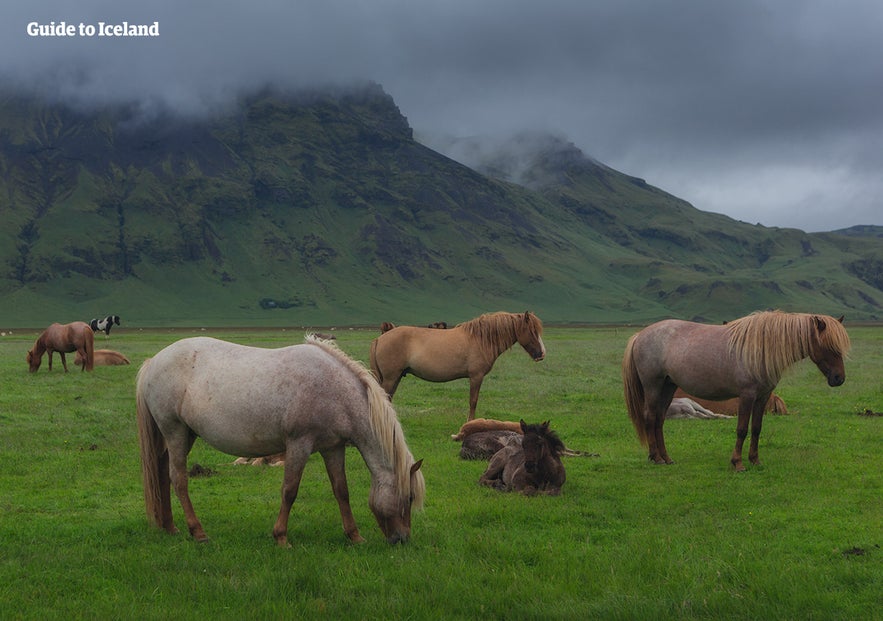
- See also: Wildlife and Animals of Iceland
Cultural Photography in Iceland
While Iceland has been internationally renowned for its landscapes ever since tourists began to visit, the culture of the country is drawing more and more people each year.
One side of cultural photography is architecture. Within Reykjavik, you can witness and capture examples of both charming corrugated iron houses as old as the city itself, or beautiful modern buildings such as the concert hall Harpa and the iconic Hallgrimskirkja Church.
It is also possible to ascend the tower of Hallgrimskirkja for fantastic cityscapes. From this height, you can incorporate the colorful tin roofs that give the city its quirky character into your photographs. With Mount Esja towering across Faxafloi Bay, you can also capture landscapes within your shots of the capital’s architecture.
Though it homes over two-thirds of the country’s population, Reykjavik is not the only place with notable landmark buildings. Even the most remote hamlets have some very special sites, especially churches, that make for fascinating subjects.
Take, for example, the church at Budir on the Snaefellsnes Peninsula. Budir has not been a commercial hub for centuries and is now an abandoned hamlet, but the quaintness of its church and the beauty of its surroundings means the tiny settlement attracts a stream of photographers throughout the year.
In North and East Iceland in particular, you will also be able to locate turf houses and their quaint features that represent the nation’s history. It was within these that Icelanders lived for about 800 years, surviving the harsh conditions of the country as they sustained themselves from the land and sea.
Other places where you can photograph older architecture include the beach Selatangar, where you can locate basic, dilapidated stone huts that, almost unbelievably, protected fishermen from the area’s brutal weather during the fishing season. You could also visit the Borgarvirki fortress, a great basalt plug altered by humans for habitation that was never successfully sieged in the early days of Iceland’s clan wars.
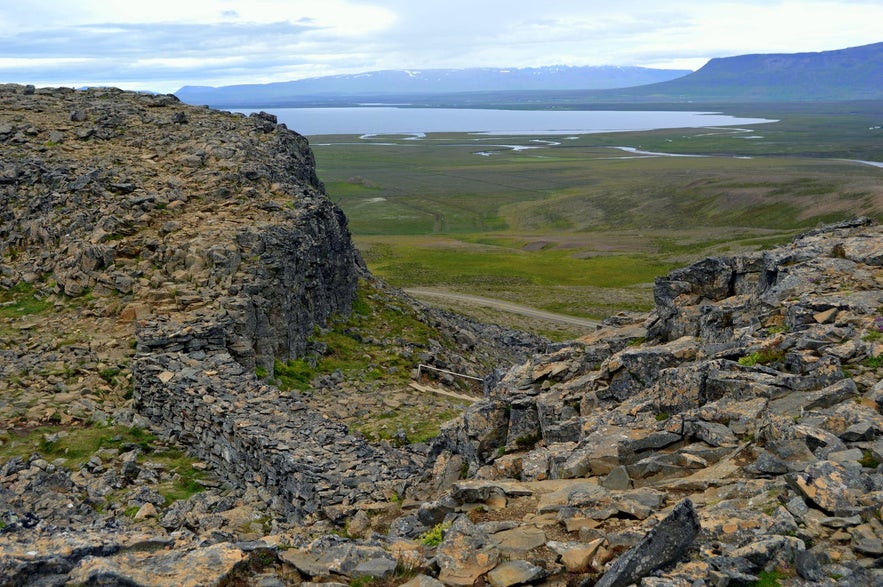
For more recent historic buildings, you could head to Isafjordur, where some of the oldest houses in Iceland remain. Dating back to the 18th century, these buildings were used by Danish officials during their colonial rule.
Architectural photography, however, is but one side of Iceland's cultural photography. Those seeking to photograph works of art will also find many subjects across the whole country.
In Reykjavik, for example, there are many public sculptures waiting to be pictured. The Sun Voyager, which faces out to Mount Esja over Faxafloi Bay, is particularly of note. The spirit of the adventurer that the vessel embodies is especially powerful when captured at sunrise or sunset.
If you take the ferry to Videy Island from the capital, you can also see the work Milestones, by renowned artist Richard Serra. Here, one can also find the Imagine Peace Tower, commissioned by Yoko Ono in honor of John Lennon and the ideals the two of them shared.
Reykjavik is also increasingly well known for its street art. The beautiful murals created as part of the Berlin-inspired Wallpoetry movement show a creative, vibrant side of the city. In many other locations are more commissioned pieces, often reflecting the history of the nation, while even the uncommissioned pieces of graffiti are often very well done, and reflective of the city’s edgier subcultures.
- See also: Graffiti and Street Art in Reykjavik
Once again, art photography is not limited to the capital city. The Eggs of Merry Bay, in the eastern village of Djupivogur, the Arctic Henge in one the country’s northernmost settlements, Raufarhofn, and the Ring and Sphere work on Grimsey Island are all examples of notable pieces. In larger settlements such as Akureyri, you will also find a wealth of sculptures on display.
Portrait Photography in Iceland
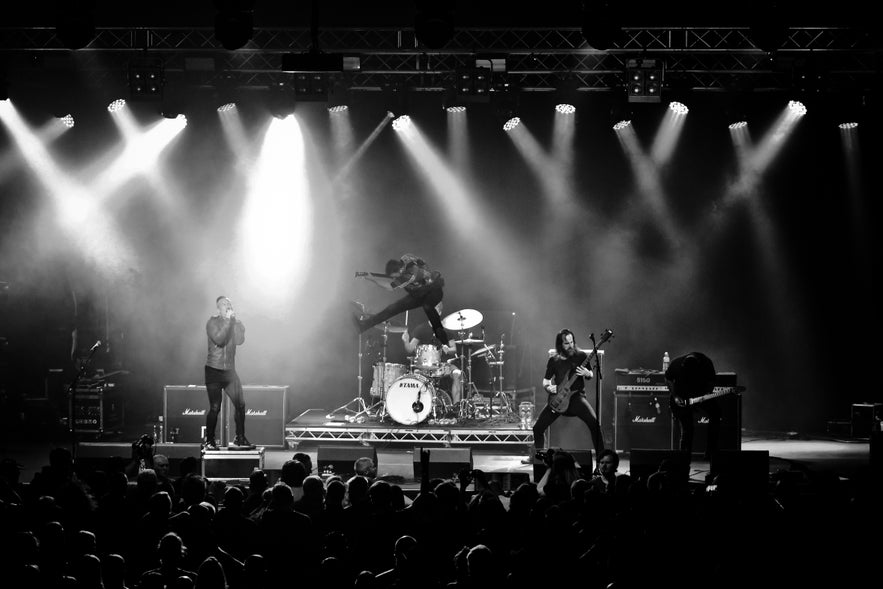 Photo by Tan Gone
Photo by Tan Gone
The demographics of Iceland are always changing and thus the ‘stereotypical Icelander’ is no longer the concept it once was. Even so, there are still strong defining traits amongst the people whose families have been here the longest that are immediately recognizable as classically Nordic.
Icelandic women are seen as fair haired, porcelain skinned, and blue eyed; the men are thought of as tall, muscular, and bearded. Those seeking portraits that meet these stereotypes will find plenty of subjects, and so long as you ask for and receive consent before taking your pictures, they will provide your portfolio with the classic faces of Iceland.
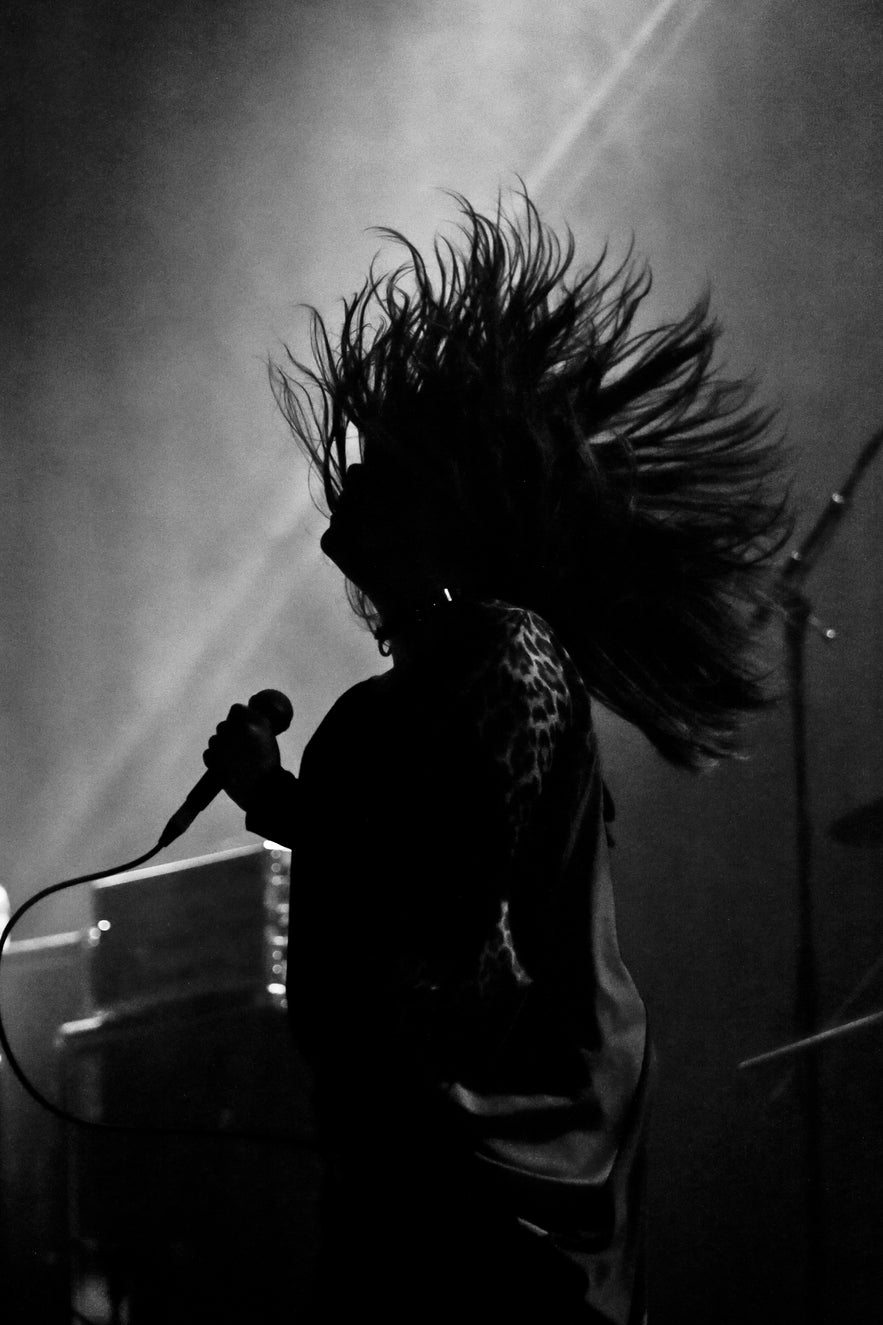 Photo by Tan Gone
Photo by Tan Gone
Iceland is also a nation of creative people, who will no doubt be grateful for the chance to be pictured. Those interested in taking photographs of musicians will find subjects at the Iceland Airwaves festival in November; culinary talent appears city wide during Food & Fun in March; and designers, architects, and makers fill Reykjavik during DesignMarch in early April. See also the Reykjavik Fashion Festival. Throughout the year, Reykjavik’s venues host cabaret, theatre, drag, and poetry, allowing you to capture portraits of entertainers across the city.
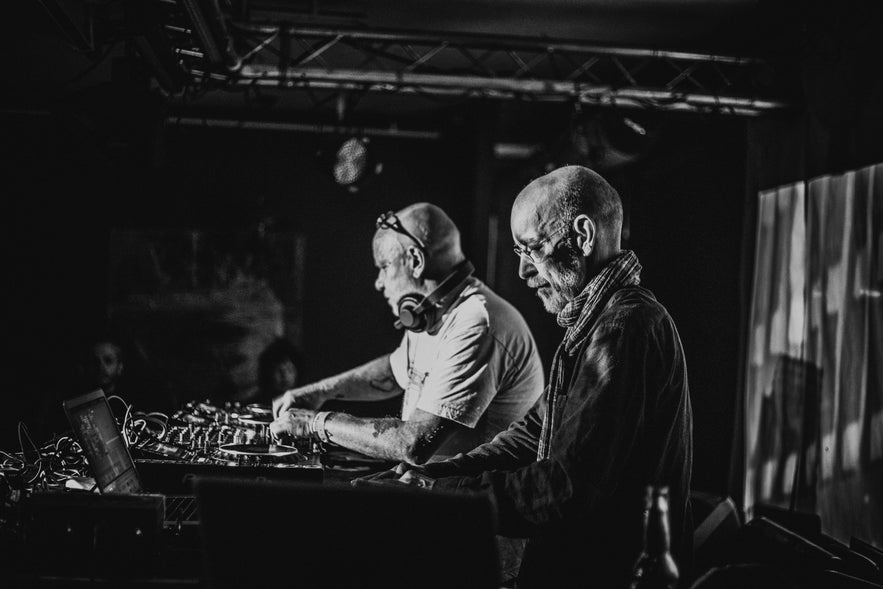 Photo by Tan Gone
Photo by Tan Gone
- See also: Top 10 Festivals in Iceland
Of course, it is also possible to combine your portrait photography with your landscape photography. Including people in your pictures of the landscapes can help dramatically in the telling of their story.
A person in the foreground of, say, Skogafoss Waterfall will illustrate its scale, while the ruddy, smiling face of someone on a glacier will tell of the fun they are having as well as the ice cap’s bracing conditions.
Northern Lights Photography in Iceland
Photographing Iceland’s nature is a blessing in its own right, but to have a chance to do so underneath the aurora borealis is an opportunity of divine proportions for those seeking an otherworldly portfolio. From late August into April, there are enough hours of darkness for plentiful chances of the northern lights appearing in all their glory.
Of course, the northern lights are a natural phenomenon, and as such, cannot be relied on. To maximize your odds, head away from light pollution, look for clear skies, and avoid a bright moon. Even a modest solar Kp index can produce a fine display in Iceland’s dark skies.
To see the expected amount of cloud cover, you can check the weather website. You can also see the aurora forecast here.
In order to capture the northern lights, bring a sturdy tripod and a fast wide angle lens, and set your camera roughly as follows (adjust to taste and brightness):
- Switch to full manual control (exposure and focus)
- Use Live View and manual focus on a bright star or distant light; set focus to infinity precisely
- ISO 800–3200
- Aperture f/1.4–f/4 (the faster the lens, the better)
- Shutter 1–15 seconds (shorter for fast, detailed aurora; keep exposures short enough to avoid star trailing)
- Shoot RAW; disable long exposure NR while shooting; use a remote or 2 second timer
If you are an experienced photographer, you will refine settings by eye. If you are newer to night photography, join a northern lights tour and let an expert guide you to clear skies and help with technique.
Midnight Sun Photography in Iceland
From mid May to late July, nights remain bright across Iceland. Around the June solstice, the country enjoys near continuous light, with true midnight sun found in the far north (including Grimsey on the Arctic Circle) and luminous twilight elsewhere. This extended softness of light is superb for long, unhurried shoots.
You will have no limits, throughout your travels, as to when to begin and when to cease taking pictures. Getting to your destinations in the early morning and late night means you will often avoid the crowds, and be able to capture Iceland’s sites in the glory they deserve.
The photos you may have seen on, say, the sites of the Golden Circle in summer, are only without tourists in the foreground as the photographer made the most of these opportunities.
During the weeks of bright nights, you can reach whichever sites in Iceland you wish to photograph. The Highlands, which usually open in June, become accessible, as do the dramatic mountains and bays of the East and Westfjords, which can be blocked by winter snow. Before setting out to photograph a more remote location, even in summer, it is a good idea to check the roads website for any closures.
Photography Tours and Photo Tours in Iceland
Those who wish to fully immerse themselves in the landscapes and cultural sites of Iceland with a focus on photography should look into booking a photo tour or workshop while here. Some of these can cover a range of sites within a day, while others go on for much longer.
This photography day tour of the Snaefellsnes Peninsula, for example, will allow you to capture a huge wealth of sites. These include incredible coastal scenery such as the mighty Londrangar Sea Stacks; the glacier made famous by the novel Journey to the Centre of the Earth, Snaefellsjokull; and the historic settlements of Arnarstapi, Hellnar, and Budir. After all, this stretch of a peninsula is nicknamed Iceland in Miniature for a reason.
You could also take a photography day tour of the Golden Circle, the country’s most popular sightseeing route which goes around Thingvellir National Park, the Geysir Geothermal Area, and Gullfoss Waterfall. Seeing as almost all visitors to Iceland will see these sites, why not do so within the framework of becoming a better photographer?
Those seeking a more immersive and educational experience, however, should look into a multi-day photo workshop. The best of these are conducted by one of the nation’s most esteemed landscape photographers, Iurie Belegurschi, whose images are used throughout the Guide to Iceland site. If a photo has our watermark, it was taken by Mr. Belegurschi.
In winter, Iurie conducts an eight-day tour that covers the South Coast up to Mount Vestrahorn and the Golden Circle, spending each minute of daylight making the most of every location. This workshop has two special focuses, one on capturing the ice caves beneath Vatnajokull, which are most reliably accessible from November to March, and one on capturing the northern lights.
Meanwhile, in summer, you can take a thirteen-day workshop that covers not only the South Coast, Golden Circle, and sites of the North, but also the incredible landscapes of the Highlands. By the end of this tour, even the most esteemed and professional of photographers will no doubt have obtained excellent additions to their portfolios and a wealth of new skills.
One of the greatest advantages to a photo workshop is the fact that your guides will be on hand to help with your technique, while remaining available outside of shooting times to give you workshops on post processing, marketing, and the route into making money as a professional in this competitive field.
To conclude, Iceland is one of the world’s greatest destinations for photography. With incredible landscapes, unique wildlife, a deep and historic culture, a fascinating people, and diverse and ever-changing light and conditions, everywhere you look you will find subjects worth capturing.
It is a country of extremes, contrasts, and fascinating phenomena, all of which will only add to your portfolio, whether you are on the professional route, or just looking to enshrine all the wonderful memories you wish to make.

